Mention Hiroshima, and the first thing that probably comes to mind would be how it was devastated by an atomic bomb during World War II in 1945. But after a visit to Hiroshima and two of its neighbouring prefectures at the end of August – more than 73 years after the Americans had dropped Little Boy – my mind is filled with images of a bustling metropolis, sparkling seas, lush orchards, rich culture, and sumptuous food.
Is Hiroshima safe to visit?
Is there still radiation in Hiroshima following the falling of the atomic bomb? To assuage the one consideration on everyone’s minds which may make one hesitant about visiting Hiroshima (and Nagasaki): You may be relieved to know that the radiation in Hiroshima and Nagasaki today is on a par with the extremely low levels of natural radioactivity present anywhere on Earth. It has no effect on human bodies. Initially, following the devastation of Hiroshima, a scientist had (erroneously) predicted that nothing would grow or live in Hiroshima for the next 70 years.
However, to everyone’s surprise, weeds began to sprout from the scorched ground in autumn of the very same year the bomb was dropped. The following year, oleander trees began blooming. Camphor trees – the same type of tree used in the building of the Great Torii Gate and some of them hundreds of years old – began to sprout new branches. That’s why the oleander and the camphor are Hiroshima’s official flower and tree, and cherished symbols of the city’s resilience. You’ll see all sorts of vegetation growing in the region, and yes, the water is safe to drink and the sea produce safe to eat.
Having had to rebuild itself from scratch following the ravages of World War II, Hiroshima is a renewed, bustling metropolis. If I were to compare it to Tokyo, I would say that it is much less hectic, less seedy, with the same modern amenities. While you’ll find lots of utility poles and exposed cables in older cities like Tokyo and Kyoto, a lot of these cables have been buried underground in Hiroshima.
Explore the Mediterranean of Japan starting with Hiroshima
As a major transport hub for international travel, Hiroshima is the gateway to the Setouchi region – the area surrounding Setonaikai, or the Seto Inland Sea. Boasting a mild climate, fertile lands and clean waters teeming with marine life, Setouchi can be considered the Mediterranean of Japan. During this four-day media familiarisation trip, we travelled from various tourist spots across Hiroshima, Ehime and Okayama. If you are planning to spend a week in Japan, I highly recommend this itinerary. To pack all these tourist spots into four days was super rushed, but if you stretch them out into seven or eight days, I would think that the pace is just right.
During our trip, we hardly bumped into any other international tourists. Most visitors are domestic tourists and the attractions were not as crowded as they would be with a similar location in Tokyo or Sapporo.
Right after touching down following a 6h 20min red eye flight via SilkAir from Singapore, our guides brought us to see what surely must be one of Japan’s most iconic tourist sites.
Point 1: Miyajima
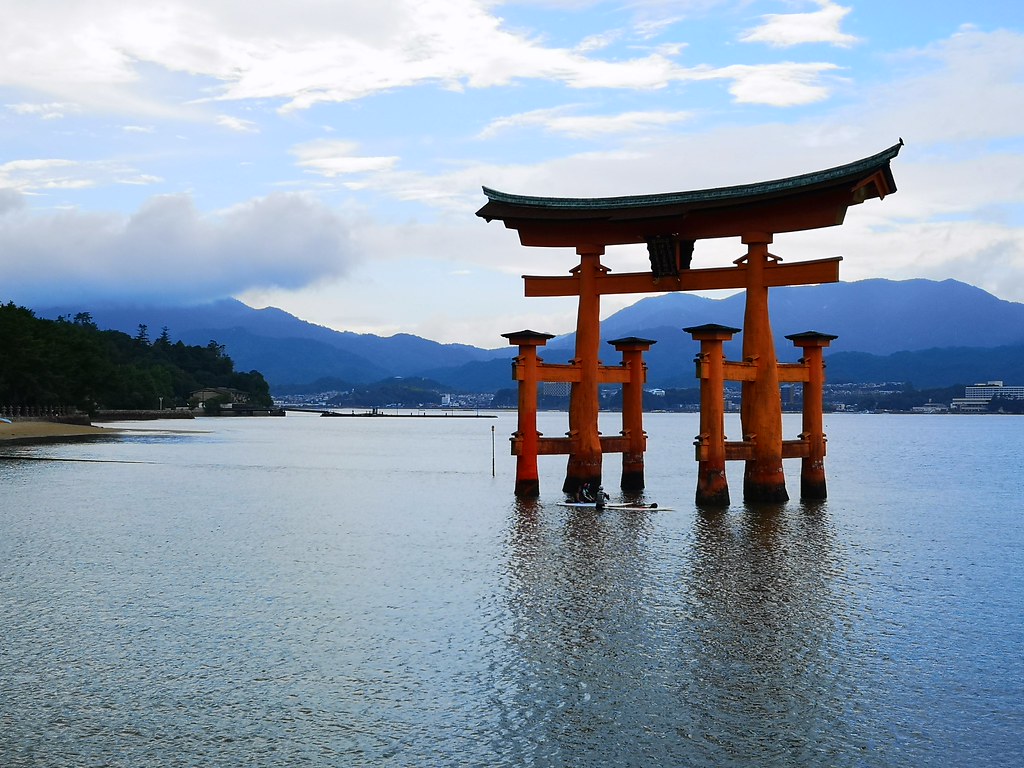
Miyajima is one of the 3,000 islands in Setonaikai. Said to one of Japan’s three most scenic spots, (the other two being Matsushima Bay near Sendai and Amanohashidate in Kyoto) Miyajima ranks high on Japan’s list of best attractions as it is home to the UNESCO site of the Itsukushima shrine. You are bound to recognise its famous Shinden style o-torii gates from pictures. Standing in the sea about 200 metres in front of the main shrine, the vermillion-coloured Grand Gate appears to be floating at high tide.
First built in 1168, the Great Torii has been rebuilt eight times, with the last o-torii in 1875. It is said to be the boundary between the spirit and human worlds. Its main pillar is a camphor tree (the kind Totoro lived in, in the 1988 Studio Ghibli cartoon) aged 500 to 600 years old, and is naturally resistant to rotting and insect invasion. The whole structure stands on its own weight and you can find out more here.
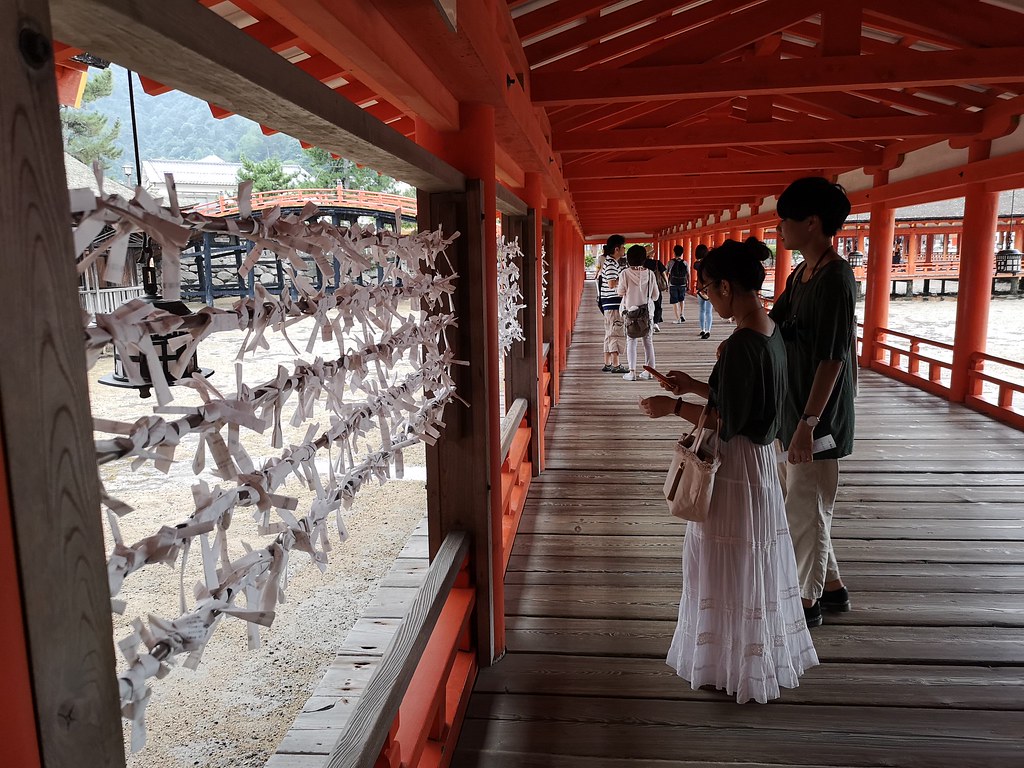
The Great Torii isn’t the only thing worth seeing at Itsukushima shrine. You can catch bugaku舞楽, or repertoire dances of the Japanese court, if your visits coincide with festival dates. Scroll below for detailed dates.
Miyajima is great for strolling around and you could spend a night here with plenty to do. You could buy souvenirs and slurp up oysters in Machiya Street, try your hand at making maple leaf-shaped cakes at the Miyajima Traditional Crafts Center, go for a walk in the primeval forest of Momijidani Park, and take a cable car from Momijidani Park with Shishiiwa Station on Mt. Misen. There are also at least four other shrines you could explore on the island. Just be careful to keep your bags closed as the free-roaming deer are aggressive foragers.
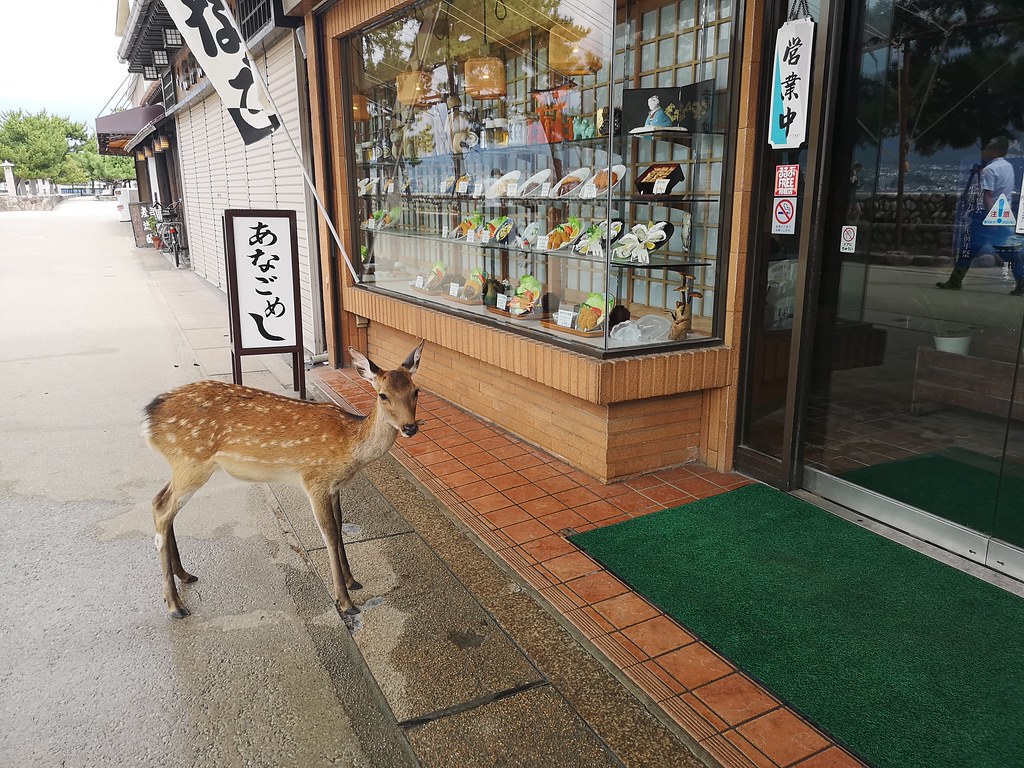
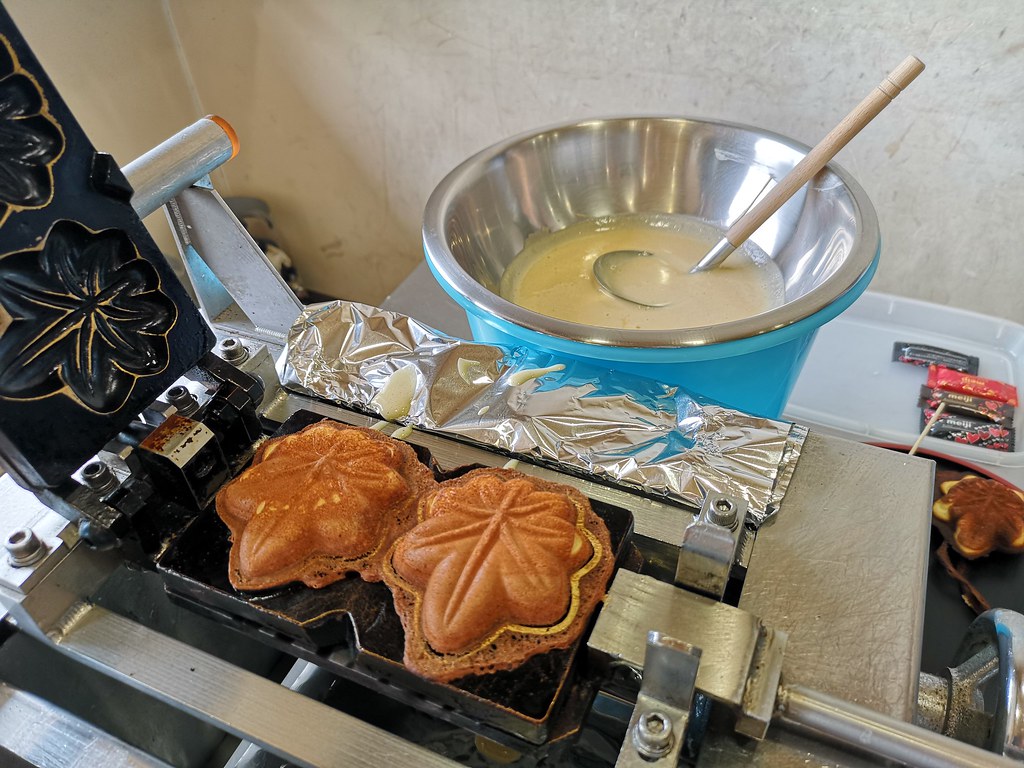
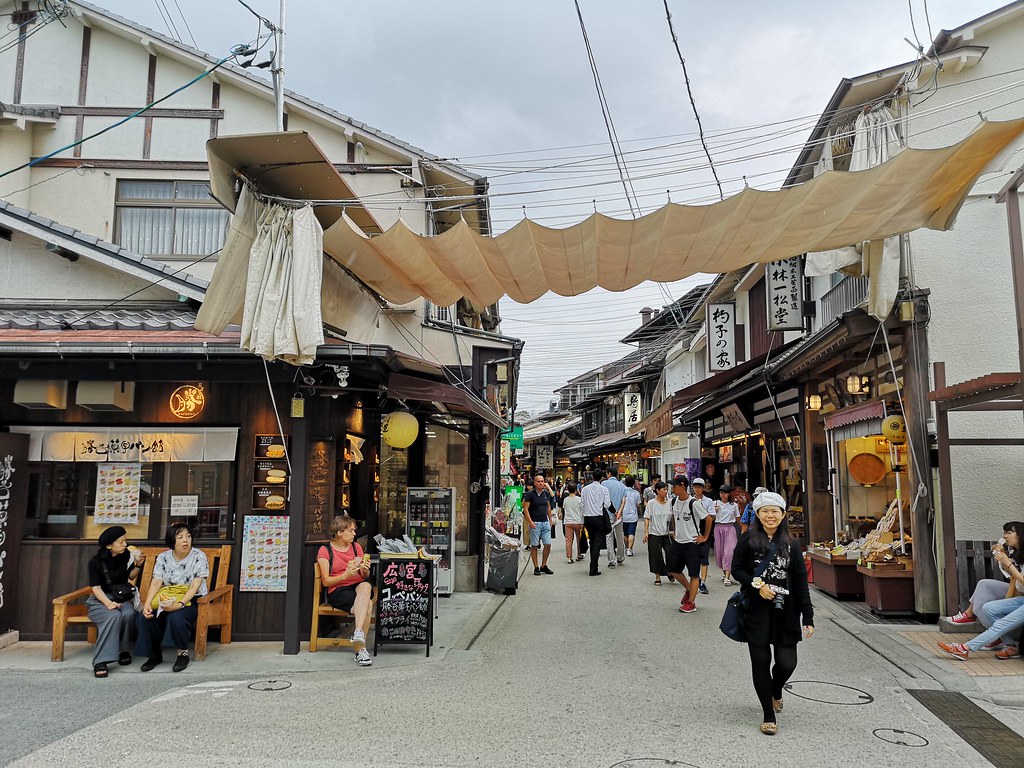
How to get here:
Miyajimaguchi Station is the transport hub nearest to the ferry point where you can take a boat to reach Miyajima. It took us just over one hour to get here by private car but you can take train, bus, tram, or boat. Check out directions here.
When to visit:
Miyajima is good for visiting all year round, but a few periods stand out.
a) Autumn. The Japanese maple trees in Momijidani Park turn into a stunning display of red and orange.
b) If you want to catch bugaku and the ceremonies, the best time is in the first week of January but you have to reach the site at insanely early hours. The festival dates are Jan 1 (5am), Jan 2 (9am), Jan 3 (9am), Jan 5 (5.30am), April 15 (5pm), May 18 (9am), June 5 (9am), October 15 (5pm), December 23 (9.30am).
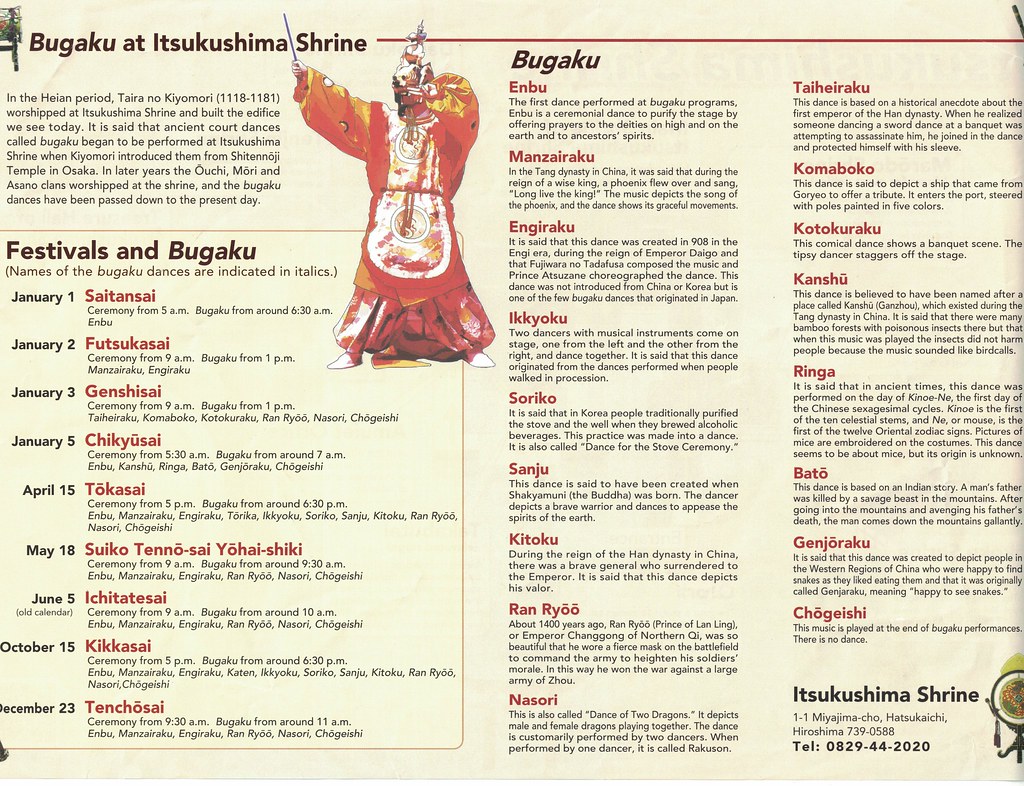
c) Middle of August, for a magnificent fireworks display.
d) Kangensai, the largest of the annual festivals observed at Itsukushima Shrine, takes place on the 17th day of the sixth lunar month. Boats colourfully decorated with curtains and lanterns and carrying live orchestras cruise along the coast.
Must-eat:
Oysters. More than 20,000 tons of oysters are harvested from the calm waters of the Seto Inland Sea every year, making Hiroshima the nation’s largest producer of oysters. Most restaurants sell them fried, steamed, gratineed or grilled rather than eaten straight out of the shell. You can do as the locals do at Kakiya, Japan, 〒739-0588 Hiroshima Prefecture, Hatsukaichi, 宮島町539. The premium Kakiya set costs 2690 yen while the regular Kakiya set costs 2150 yen.
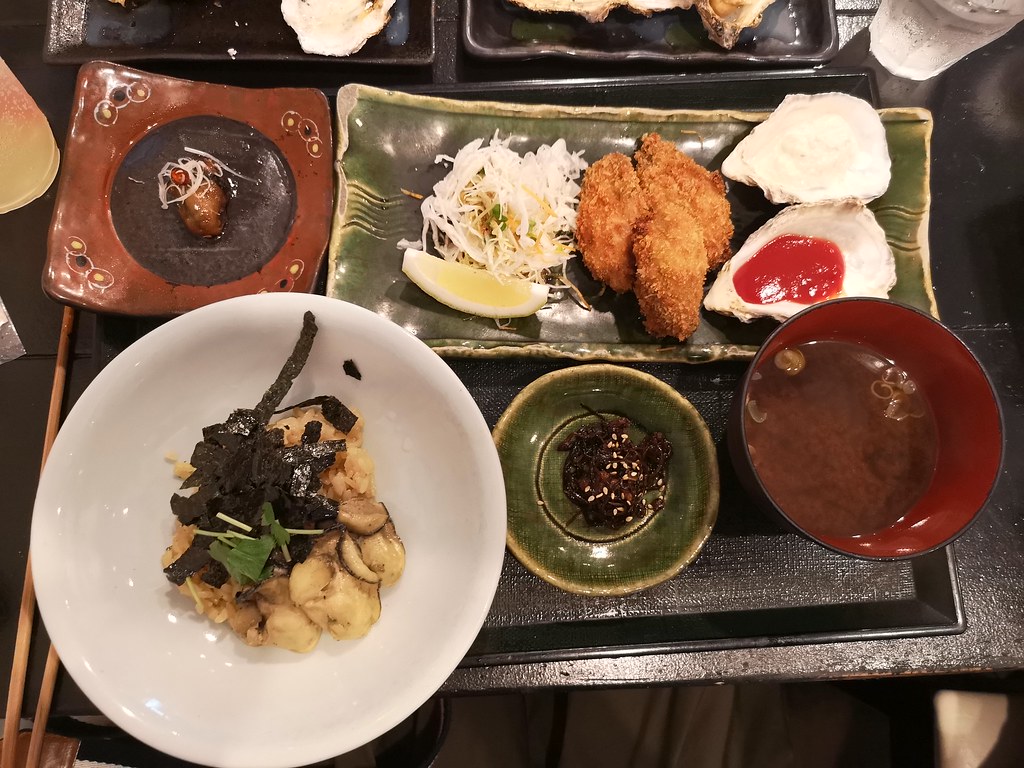
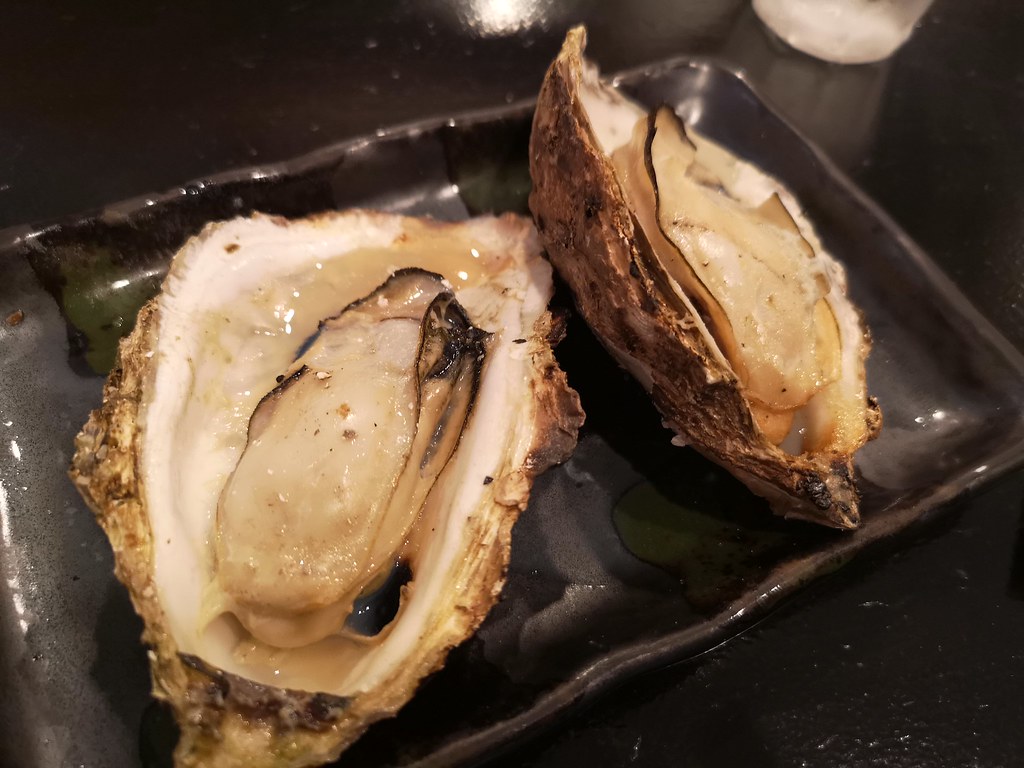
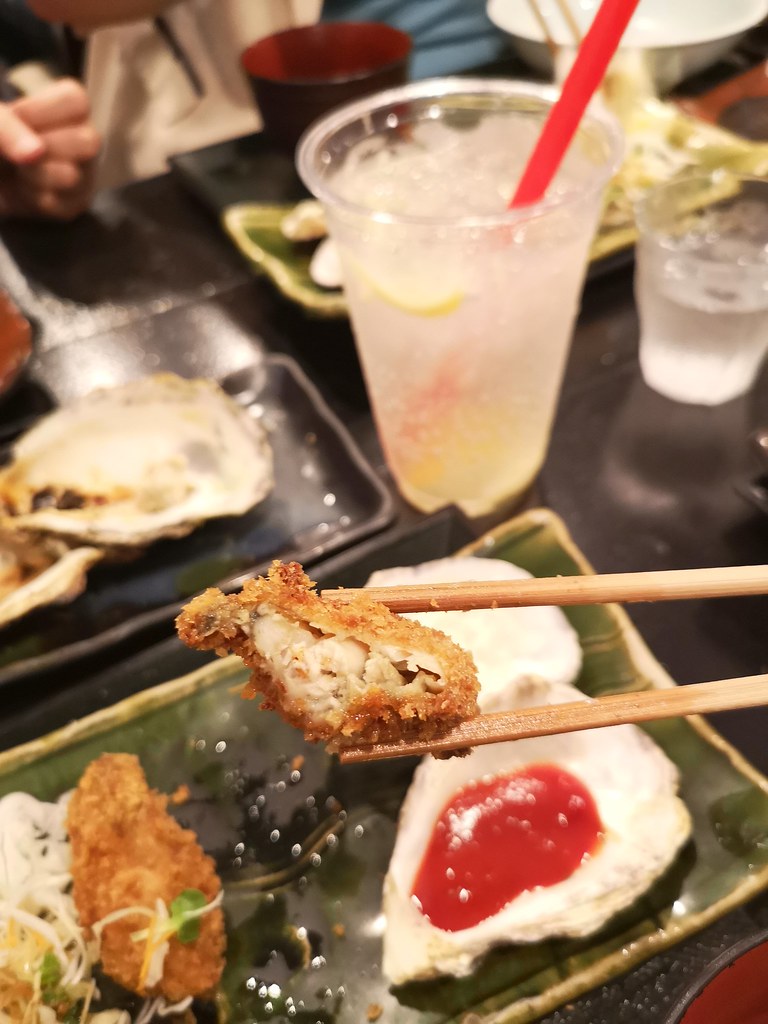
Souvenirs:
Shakushi or rice paddles, which you can buy from the Miyajima Traditional Crafts Center.
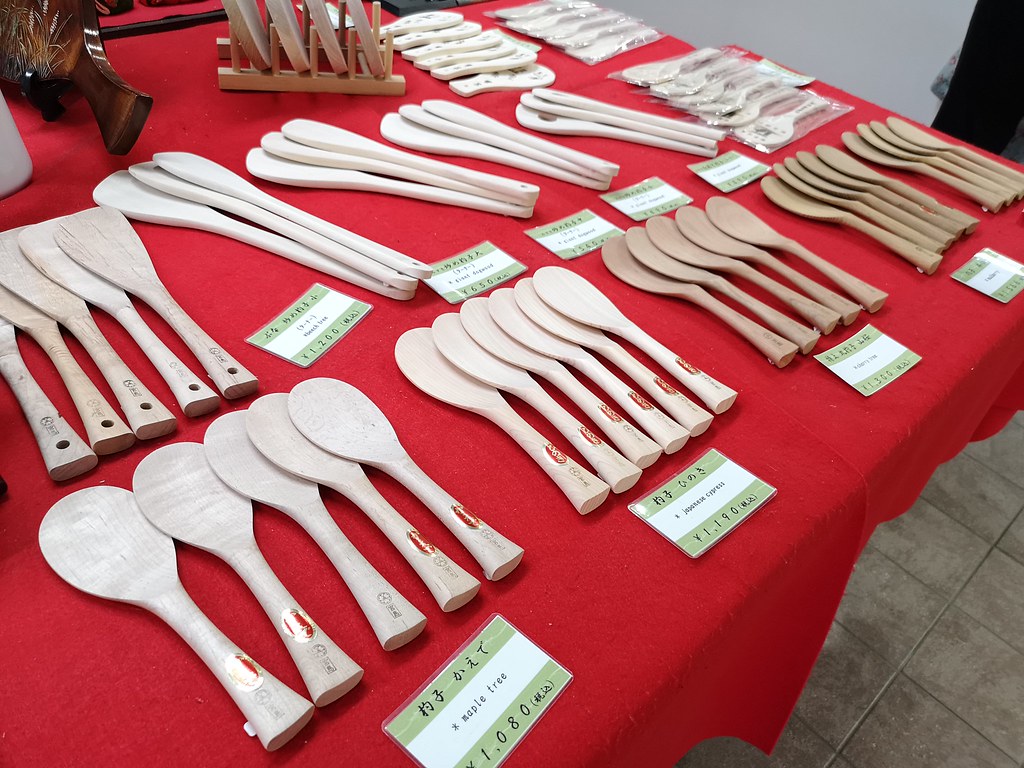
For more information on Miyajima, check out the official Miyajima Official Tourism Website.
Point 2: Peace Memorial Park
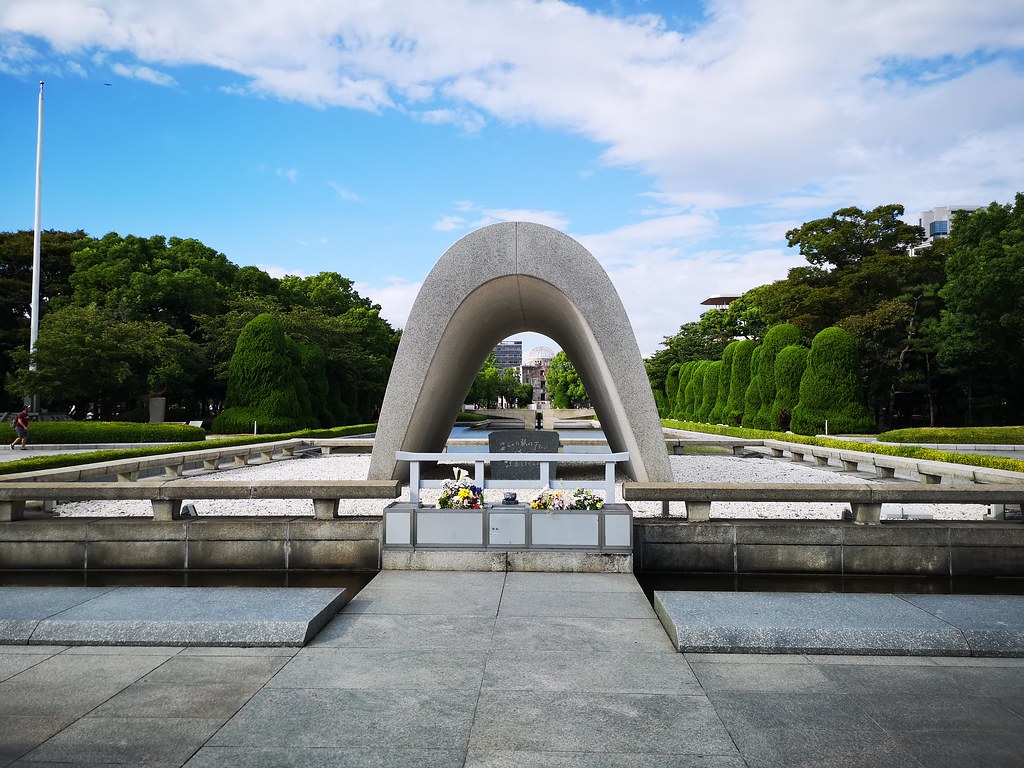
The 120,000 sqm of space taken up by the Peace Memorial Park used to be the city’s central business district before the atomic bomb was dropped on August 6, 1945. The Peace Memorial Park consists of the A-bomb Dome, the Peace Memorial Museum, Cenotaph for Atomic Bomb victims, Children’s Peace Monument and other memorials.
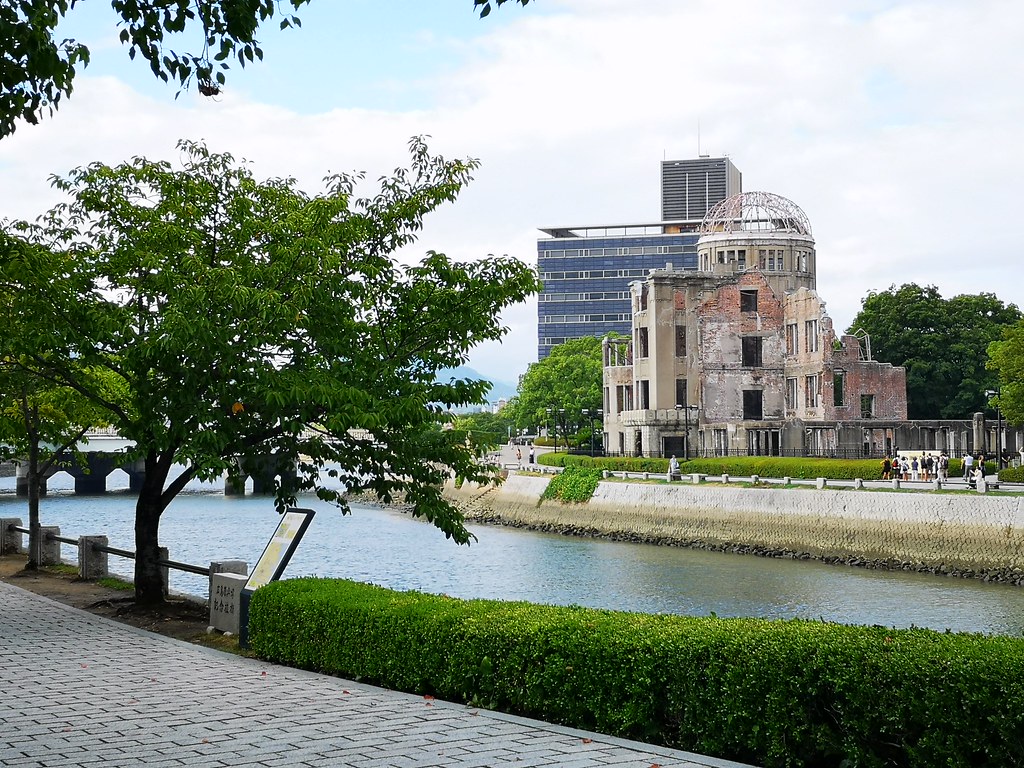
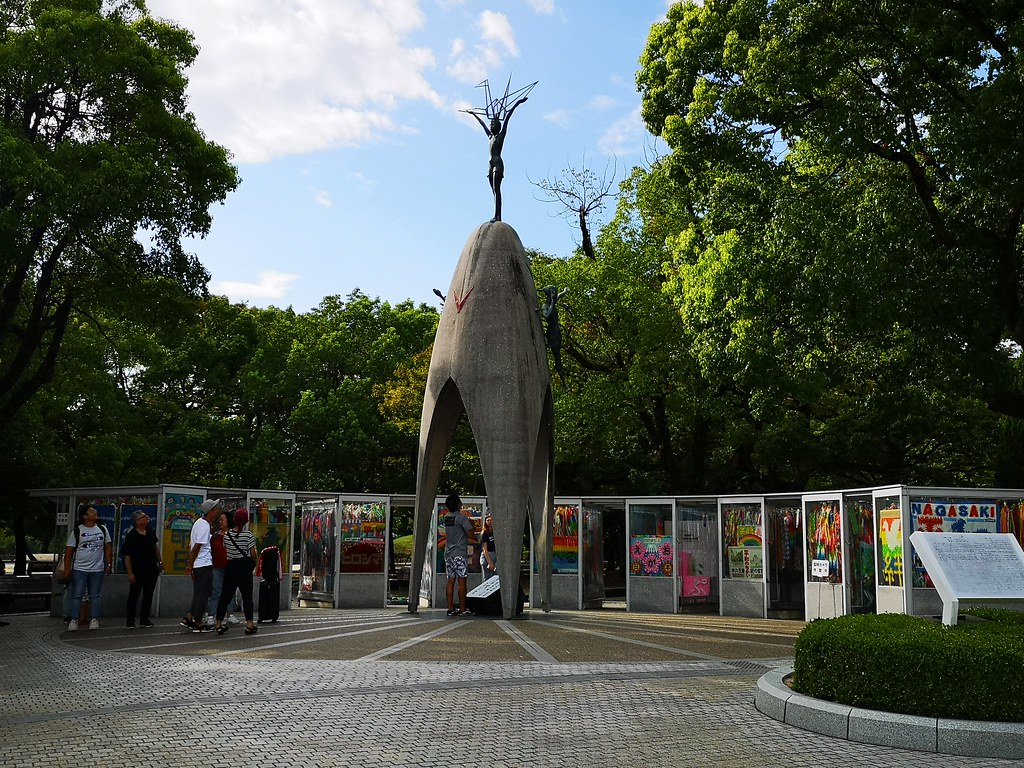
“Little Boy” decimated 12 square kilometres of the city, with the former Prefectural Industrial Promotion Hall being one of the few remaining buildings left standing after the blast. It is known as the A-Bomb Dome and is a registered World Heritage Site. While we learned at the Peace Memorial Museum that human remains from the bombing can sometimes still be uncovered today, the atmosphere of the park doesn’t strike one as eerie or hateful at all. In fact, the aura of the place is hopeful, determined and as its name says, peaceful. I was told that the Flame of Peace, which is a symbol of Hiroshima’s appeal to the world to abolish all nuclear weapons, was specially borrowed from the sacred fire of the Reikado Hall (Eternal Fire Hall) on the summit of Mt. Misen in Miyajima.
When we visited, we found that the Peace Memorial Museum is currently undergoing renovations, during which only one of the museum’s two buildings was open to visitors and the number of exhibits reduced. The renovations are scheduled to be completed by spring 2019.
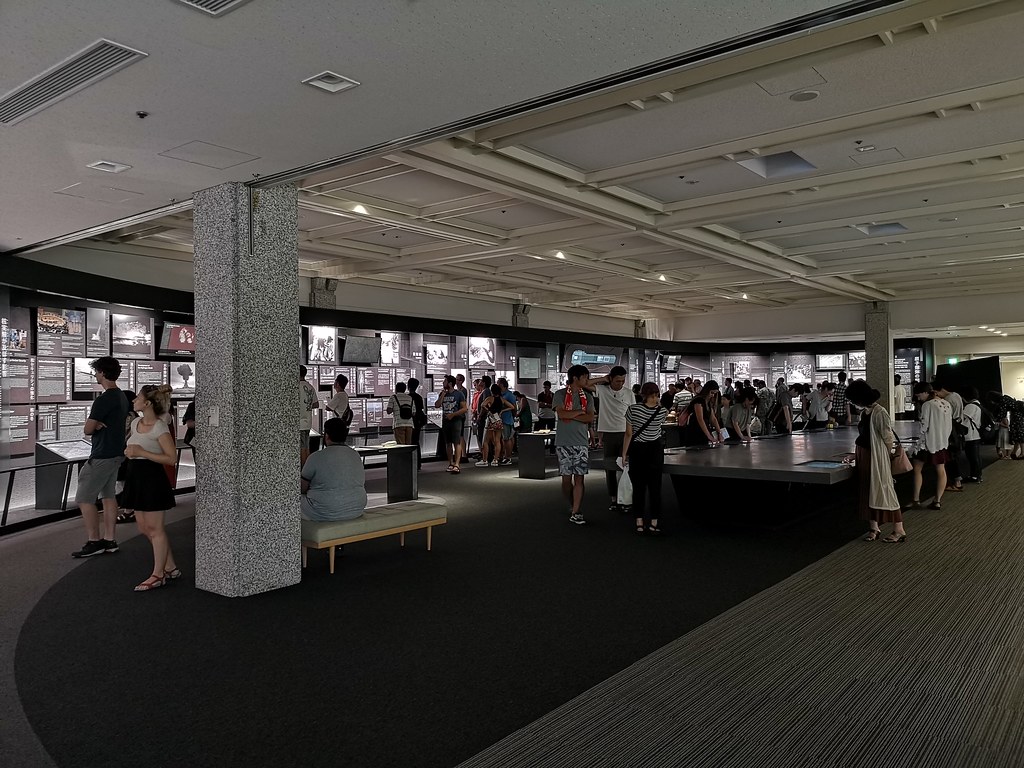
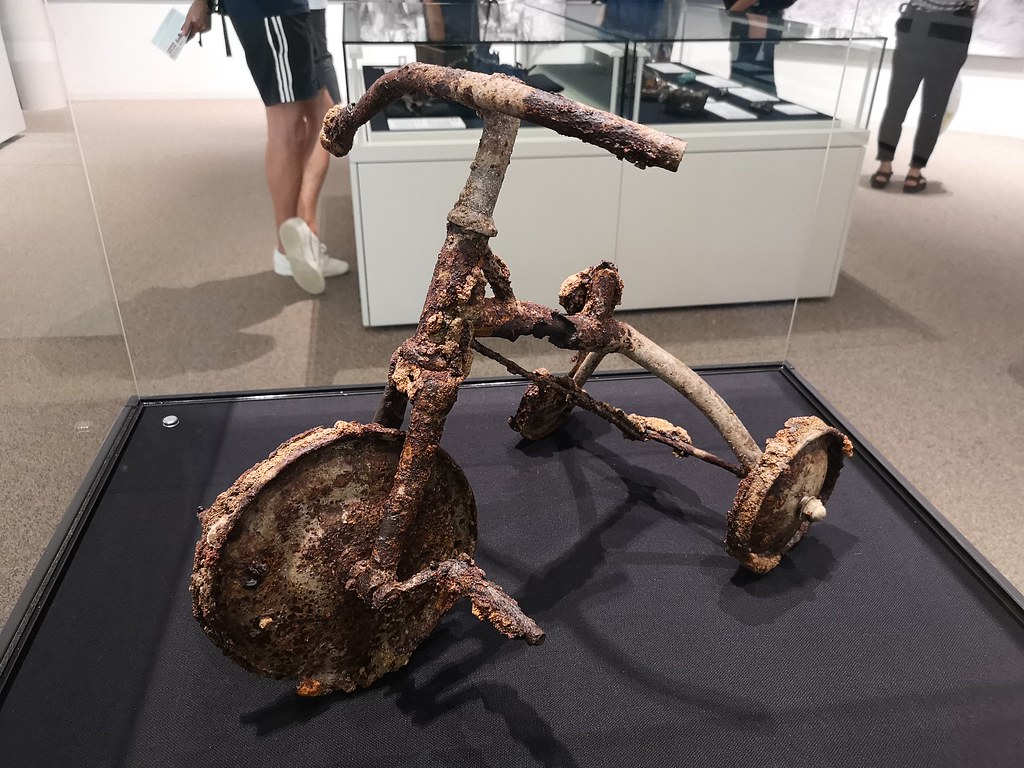
How to get here:
The fastest way to get to the Peace Memorial Park from Miyajima is by the Hiroshima World Heritage Boat, which is a scenic way to see the coastline and takes only 45 min. If you’re not going from Miyajima, you could take the sightseeing loop bus, called Hiroshima Meipu-rupu, from Hiroshima Station.
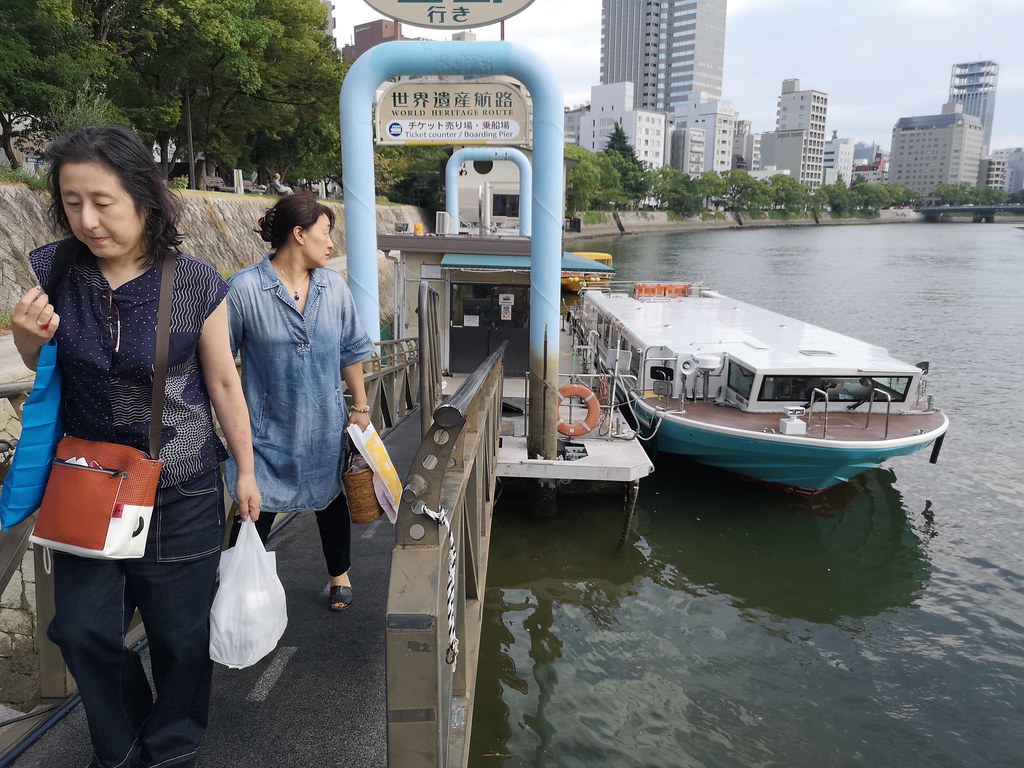
Souvenirs:
Check out the museum café for cute postcards and trinkets.
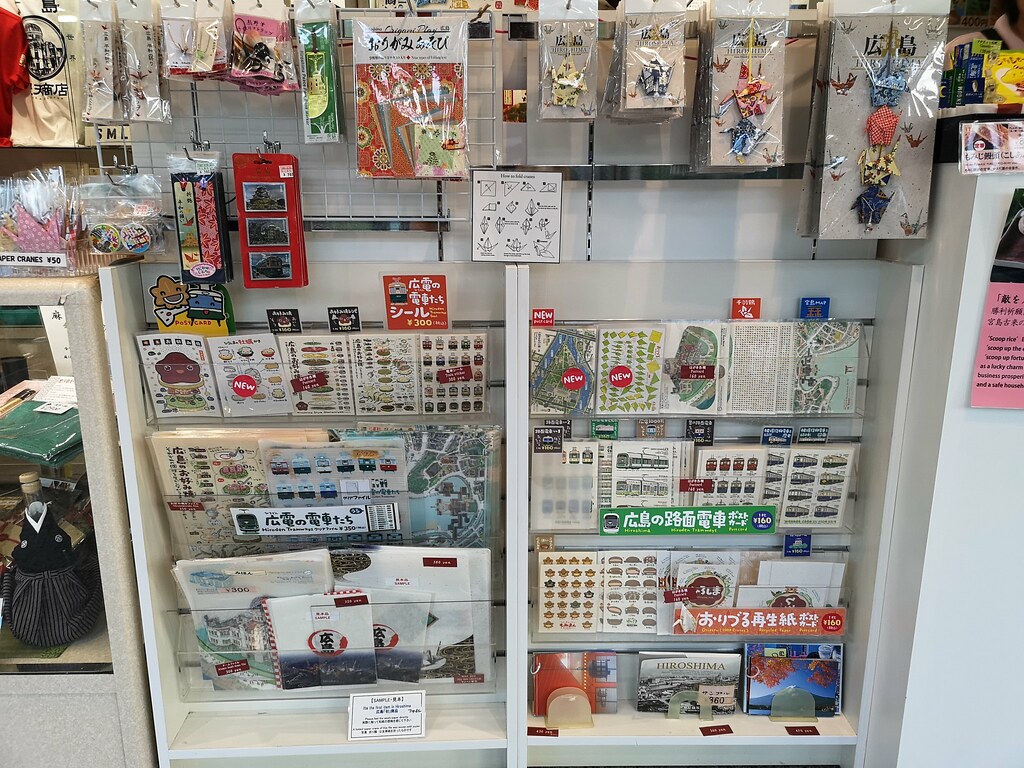
For more information on the Peace Memorial Park, click here.
Point 3: Hiroshima Orizuru Tower
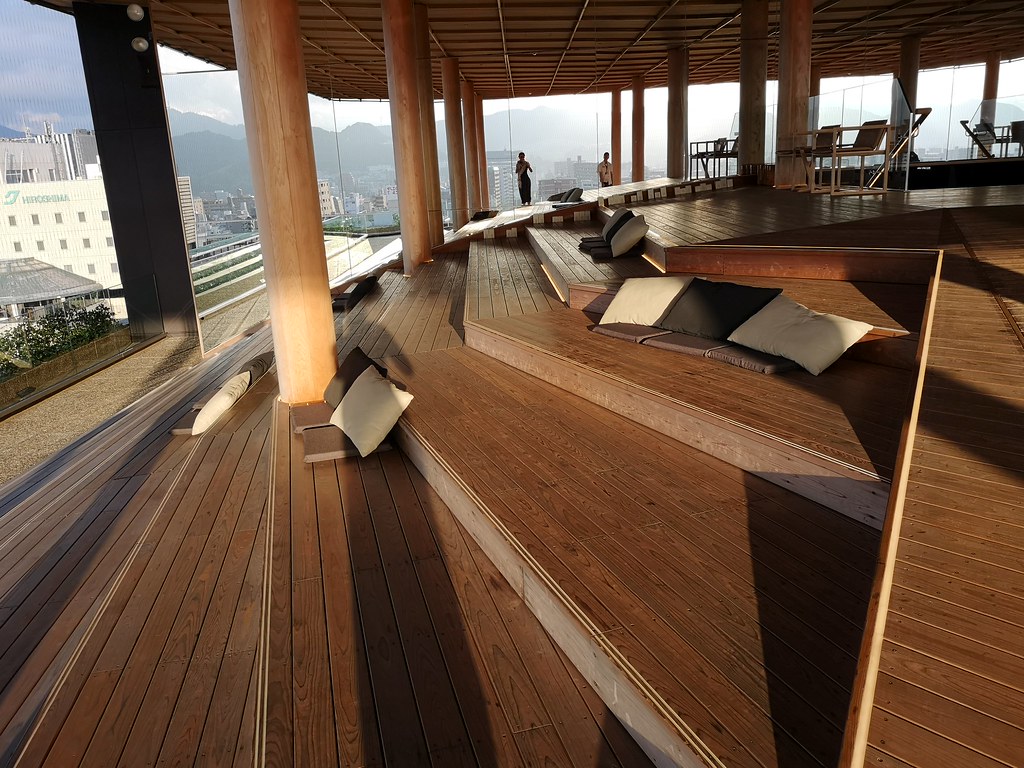

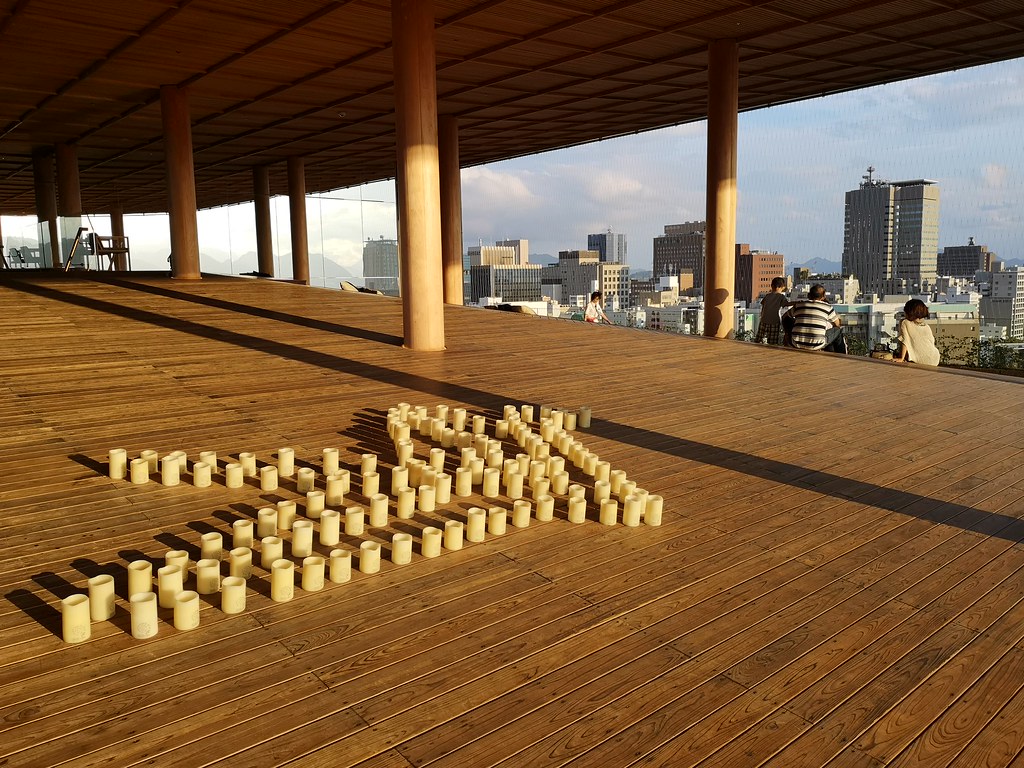
After being rattled by all the unsettling things you’d have seen in the Peace Memorial Museum, the best place to go next is the Hiroshima Orizuru Tower, where you can take in a panoramic view of the whole city from its rooftop observation deck. Meaning “folded paper crane”, this commercial complex is a rather new tourist spot built by Mazda to honour and uplift the spirit of the community. The 14-storey building sports an outer glass wall with a throw-in space for a million orizurus. Visitors can make an orizuru, make a wish, and toss it in from the 12th floor.
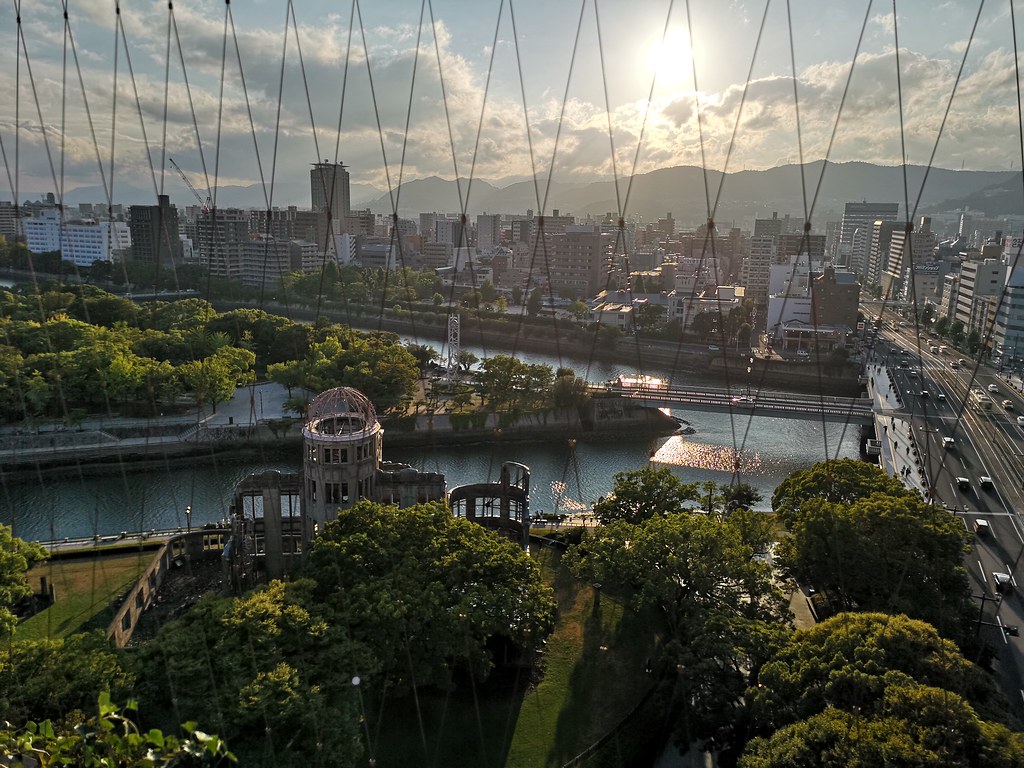
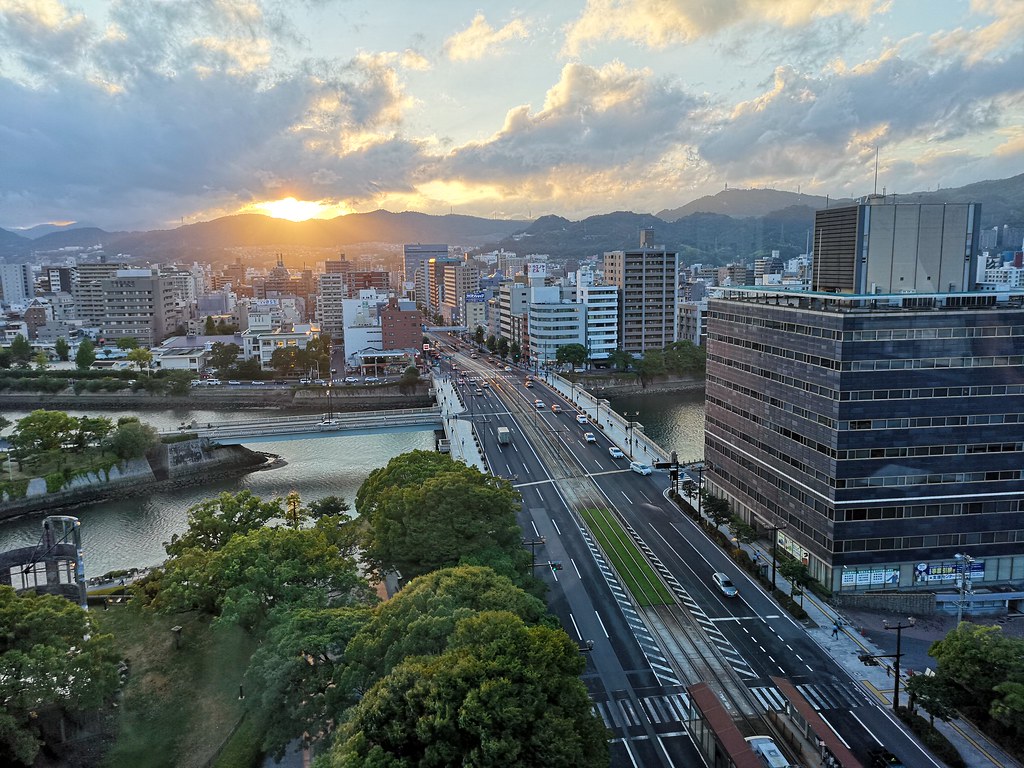
The areas of the building open to the public are fun, like a playground. The rooftop observation deck, named Hiroshima Hills, has a particularly warm and relaxing atmosphere, evoking the aura of Itsukushima Shrine. Its floors and pillars are made with Japanese cypress, while the roof is made from Japanese cedar. The ridge lines of the wooden deck are designed such that one can have a panoramic view of the horizon.
Another major feature of the Hiroshima Orizuru Tower is the Sampo Spiral Slope, which extends from the rooftop observation deck to the ground floor. The whole stairway is an architectural marvel as it combines straight lines with curves, and the wooden steps are not even – they resemble a folded fan being opened up. You could walk up to the rooftop from the ground floor, but we chose to walk down not just because it’s easier but because there’s a spiral slide.
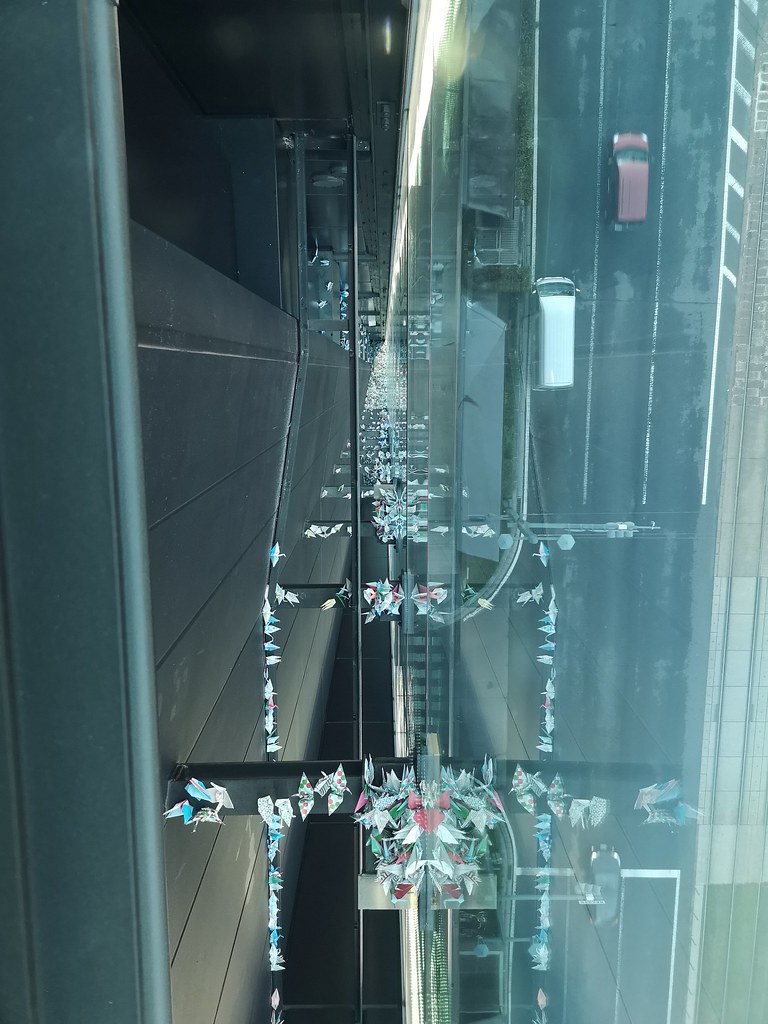
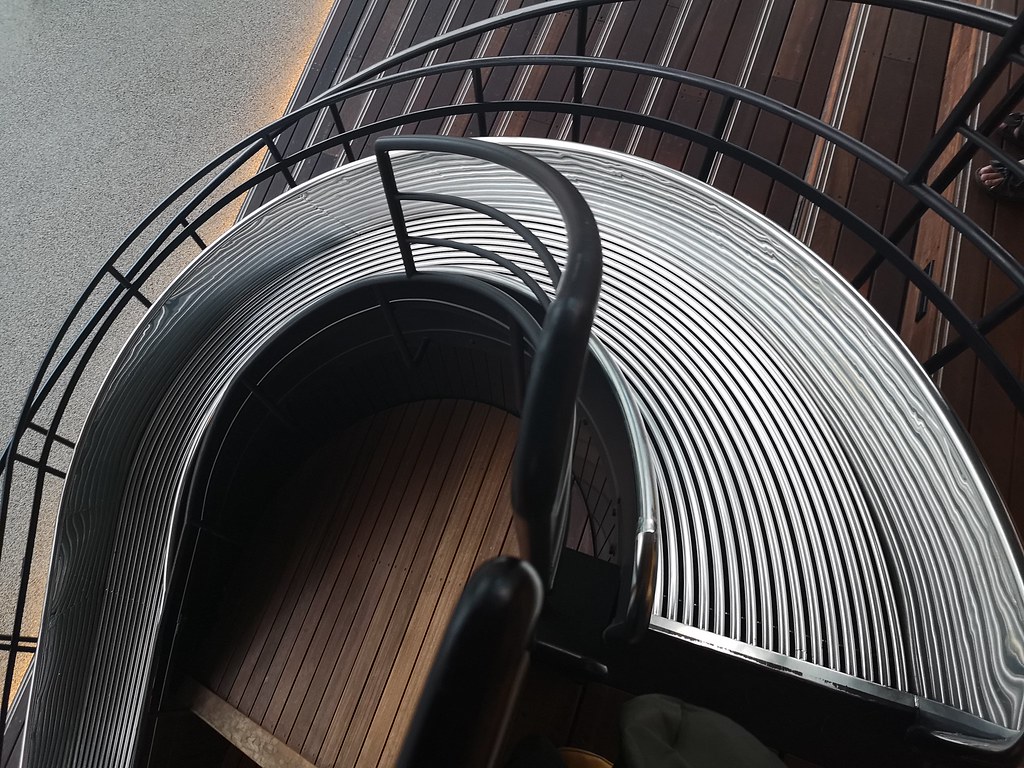
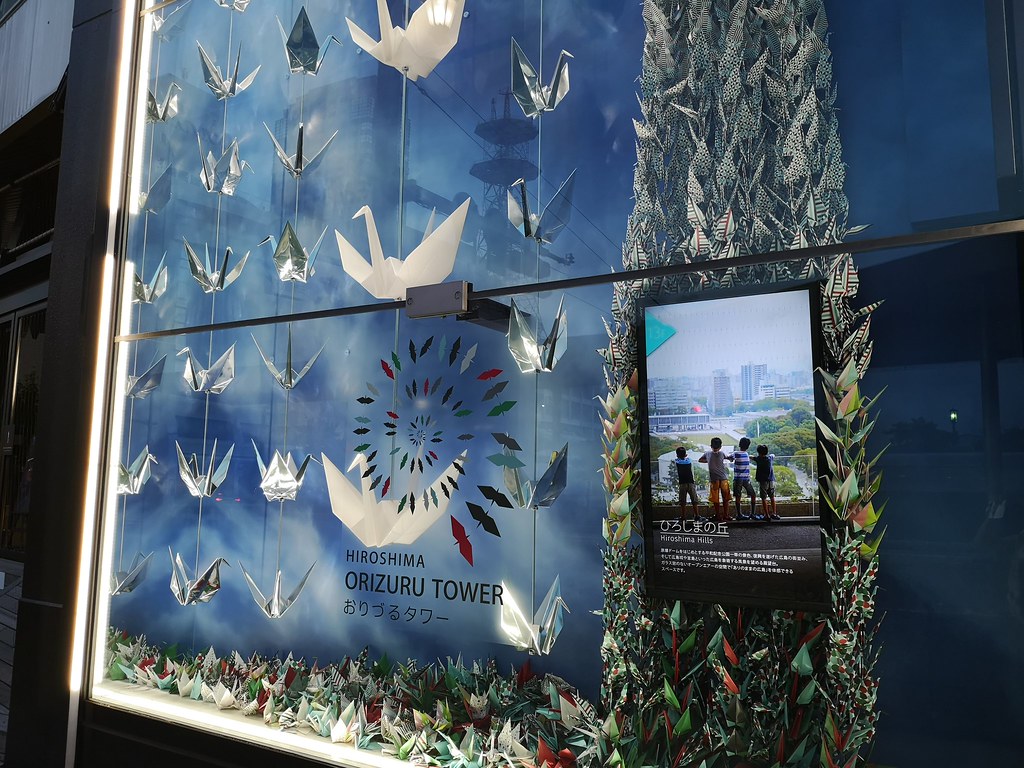
How to get here:
It’s just a 5-minute walk from the Peace Memorial Park.
Souvenirs:
Check out the souvenir select shop on the ground floor of the tower. You can buy ingredients for making okonomiyaki, Hiroshima’s specialty dish, as well as other items designed and made in Hiroshima. If you’re into cosmetics, be sure to check out the Kumanofude make-up brushes.
For more information on Hiroshima Orizuru Tower, click here.
Point 4: Kuraya – an okonomiyaki and teppanyaki bar
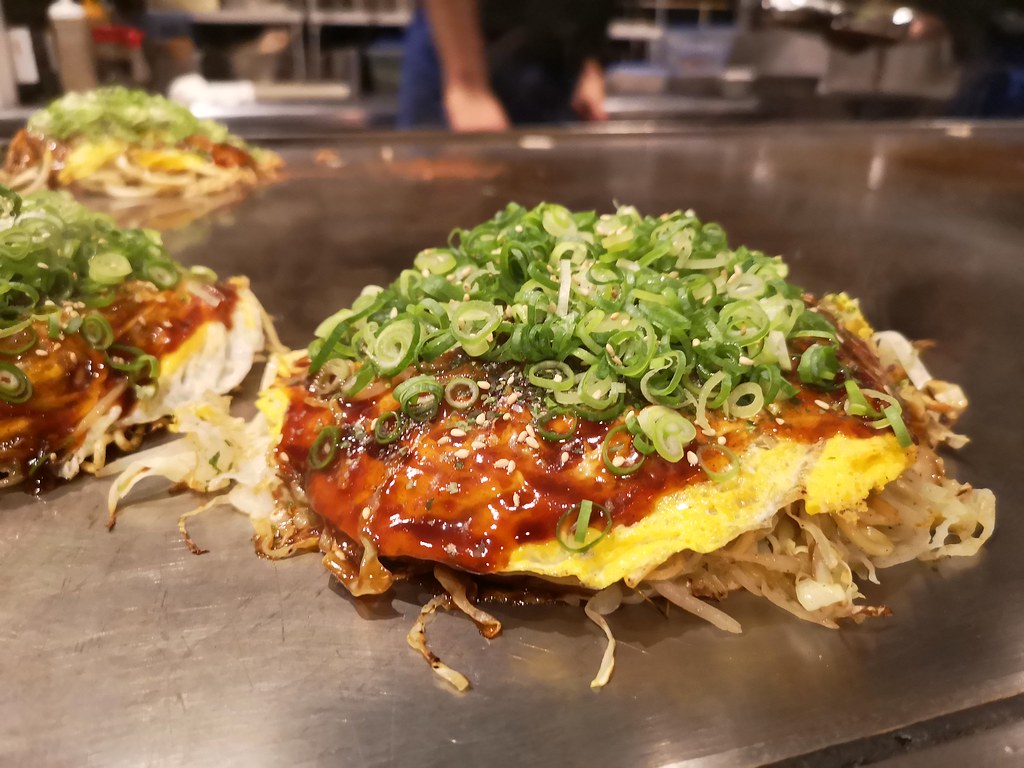
Okonomiyaki is the most popular comfort food of the region and is probably different from the type of okonomiyaki you are used to. It was created after the end of World War II, when Hiroshima faced a food shortage, and okonomiyaki arose as a popular meal to fill empty stomachs.
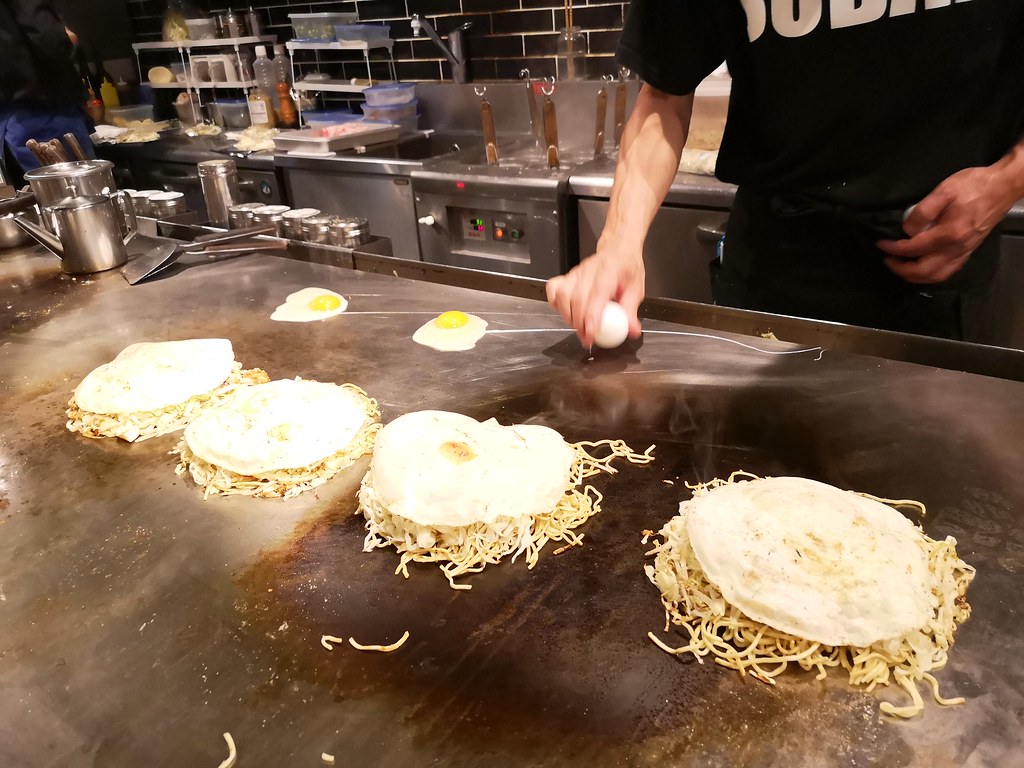
At Kuraya, you can sit at the counter and watch the chef fry up your meal with aplomb and precision. A homemade batter of flour, egg and water is first spread onto the griddle to make a crepe. Then come a myriad of layers comprising bonito flakes, kelp, shredded cabbage, squid, scallions, bean sprouts, pork belly, one more layer of crepe, noodles (choose between udon or soba), egg, then okonomi sauce and a dusting of green laver. Kuraya adds squid keropok as one of the layers for extra texture and crunch.
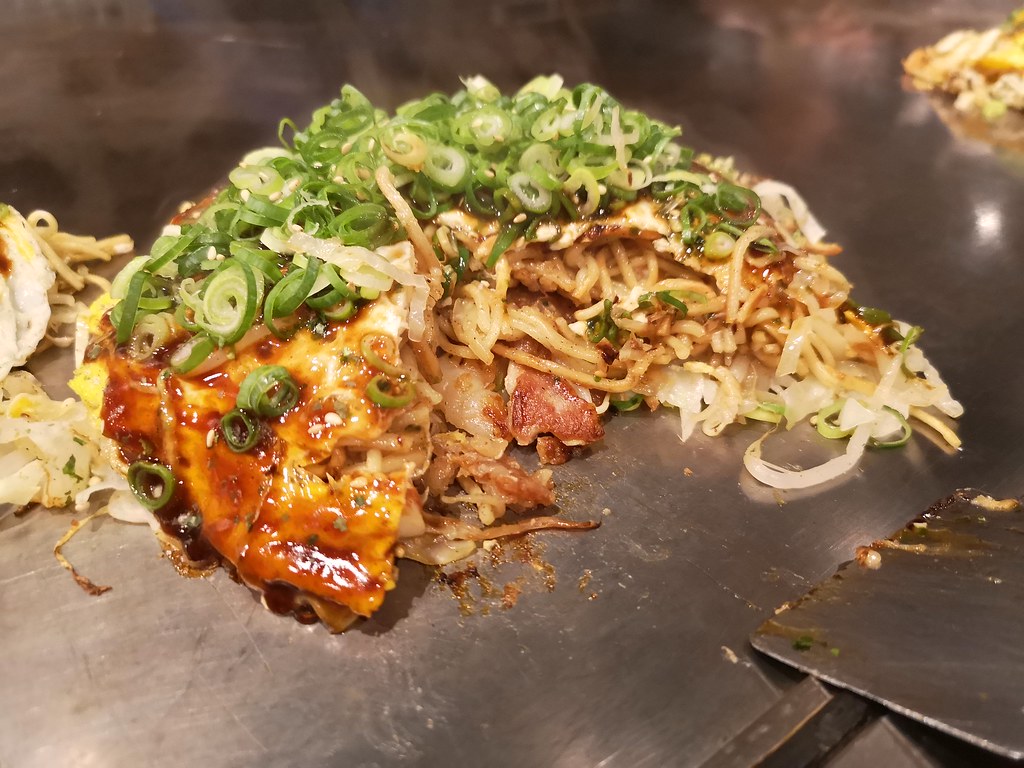
The house sake is good but okonomiyaki is typically washed down with beer on tap, which is good, too.
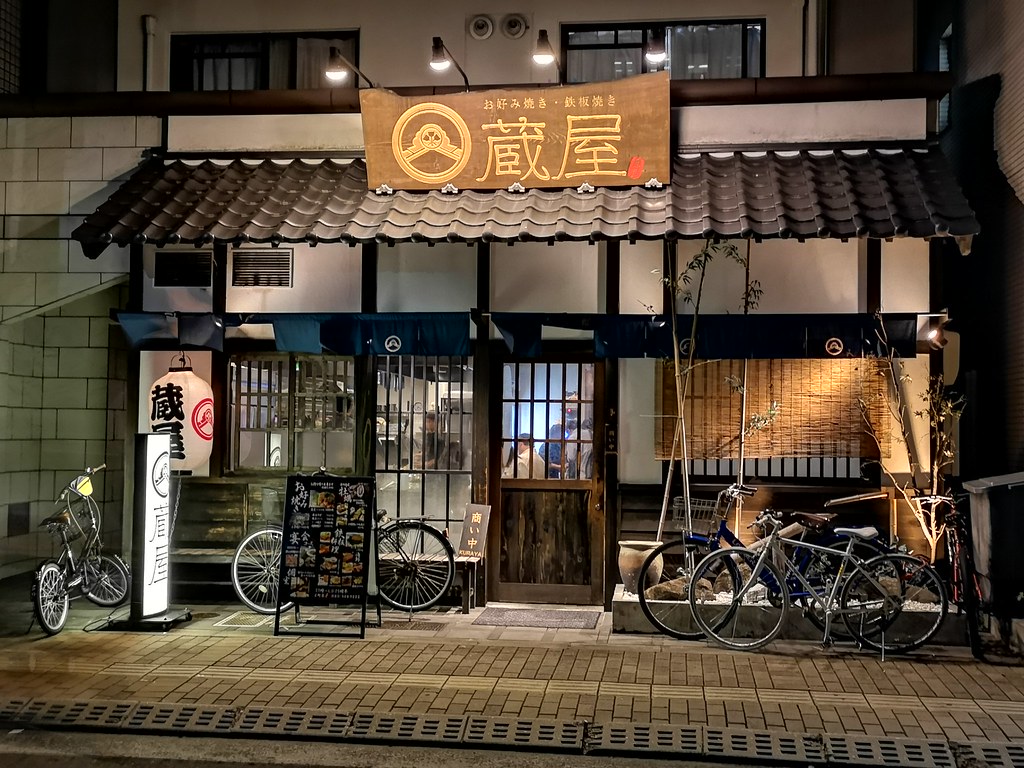
How to get here:
〒730-0051 Hiroshima Prefecture, Hiroshima, Naka Ward, Otemachi, 3 Chome−8−4. It’s an 11 min walk from the Peace Memorial Park. An idea you could consider is to check into a hotel near Kuraya and walk there for dinner.
Point 5: Onomichi

Onomichi is a small seaside town full of old-world nostalgia. Take the cable car to the summit of Mt. Senkoji and take in the spectacular view of the Seto Inland Sea. You’ll also spy some of the bridges which form the Shimanami-Kaido route.
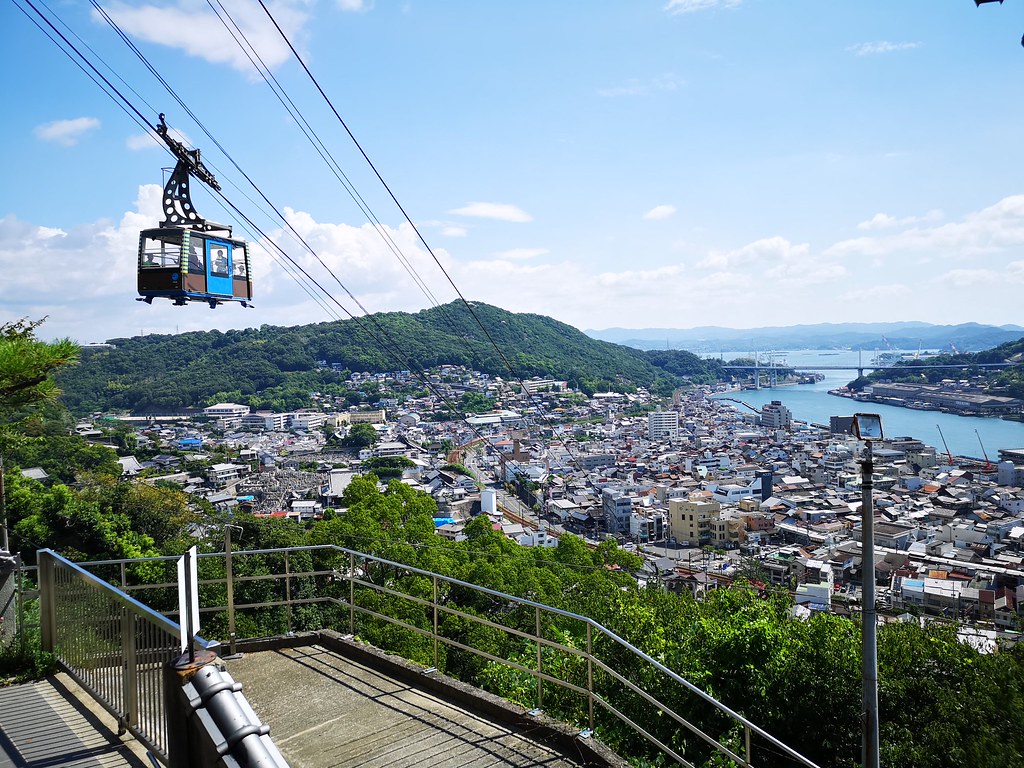
When you’ve had your fill of scenery, it’s time to stroll down the mountain through its maze of narrow alleyways. There’s a cat alley which is supposed to be home to lovable strays but unfortunately it was a sweltering day and I’m sure they all got the memo. You can spend the whole morning or afternoon here meandering through alleys and chancing upon temples, cute cafes, bakeries and galleries dotting the hillside.
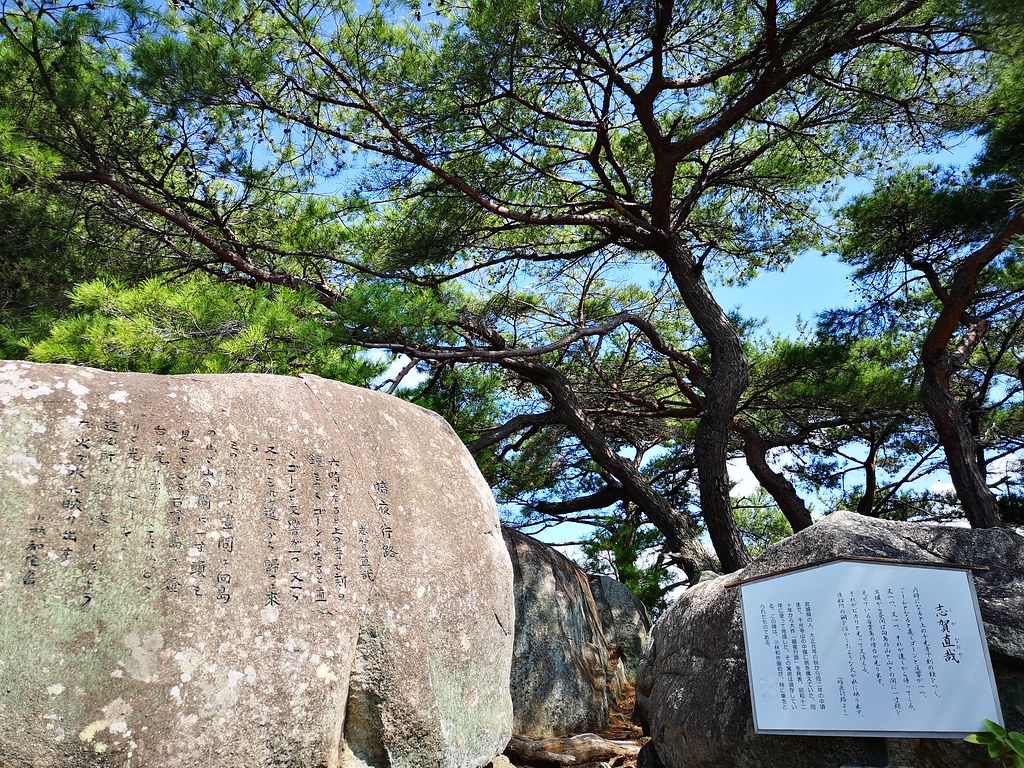
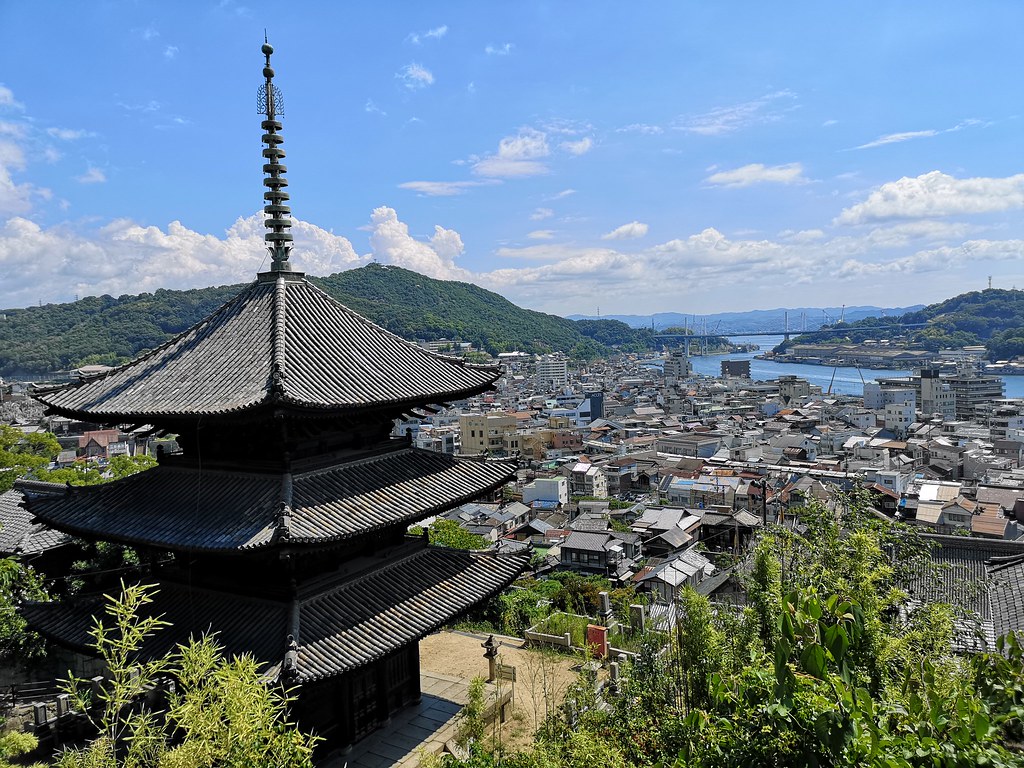
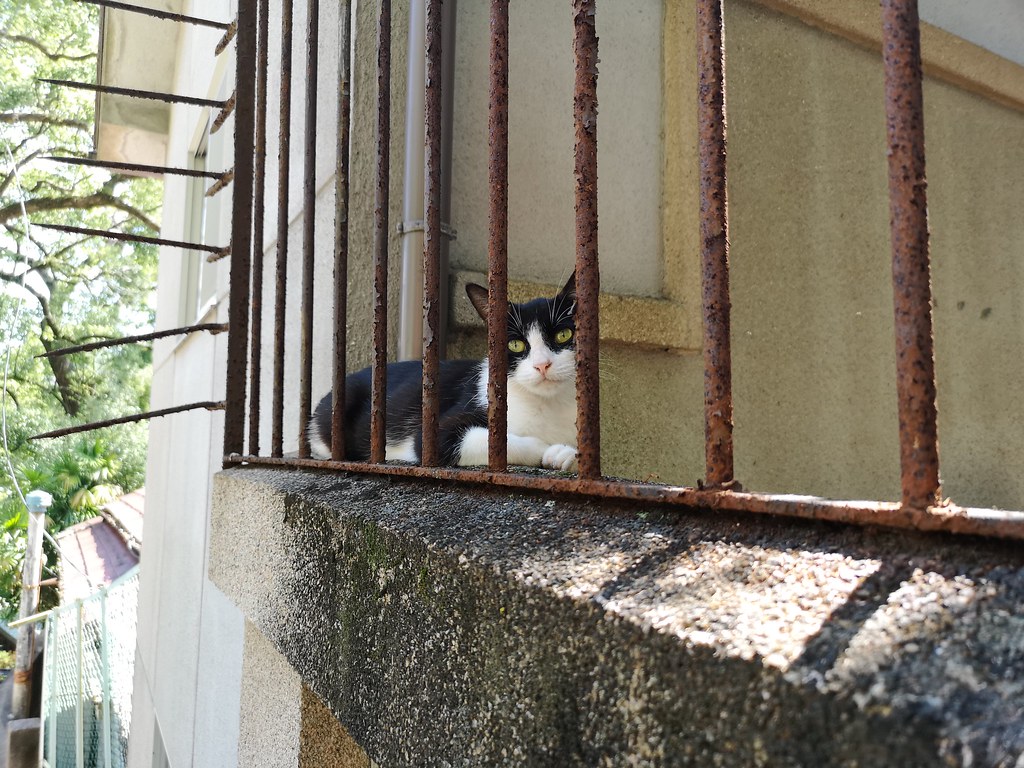
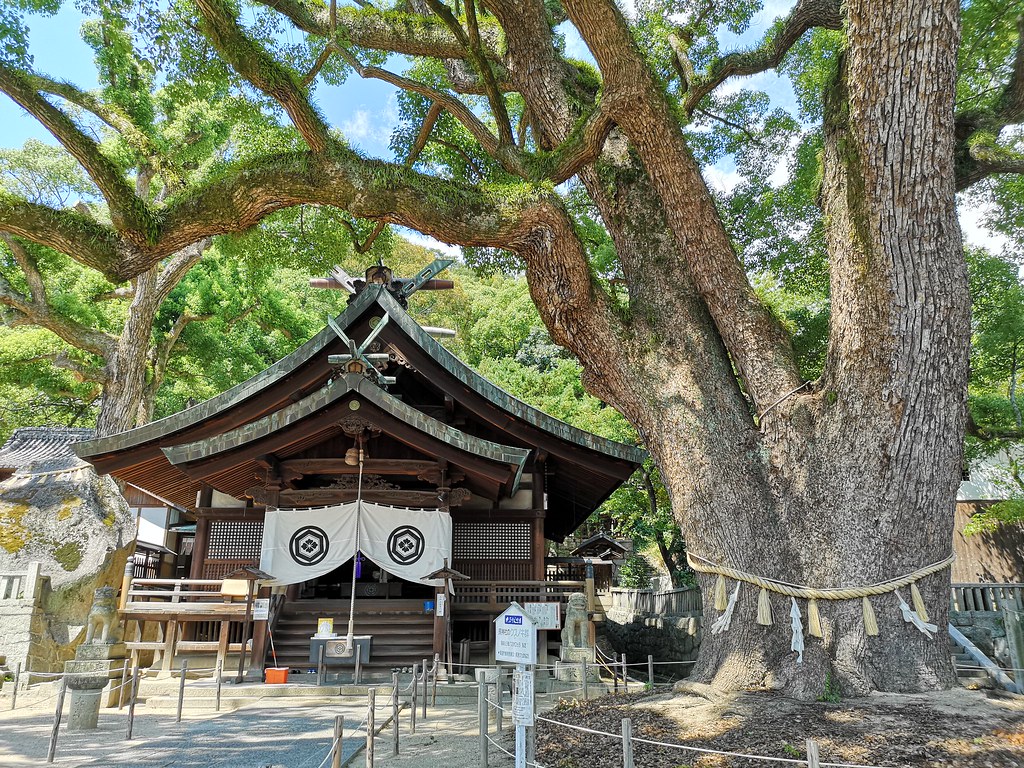
How to get there:
Walk from Onomichi Station.
Must-eat:
Try the Onomichi style of shoyu ramen at Shuka-en (address: 4-12 十四日元町 Onomichi, Hiroshima Prefecture 722-0034), where there’s usually a 15-20 minute wait to get in. If you don’t want to wait, try Menya Zohyo (address: 3-23 Toyohimotomachi, Onomichi 722-0034, Hiroshima Prefecture) down the road; it’s said to be equally good.
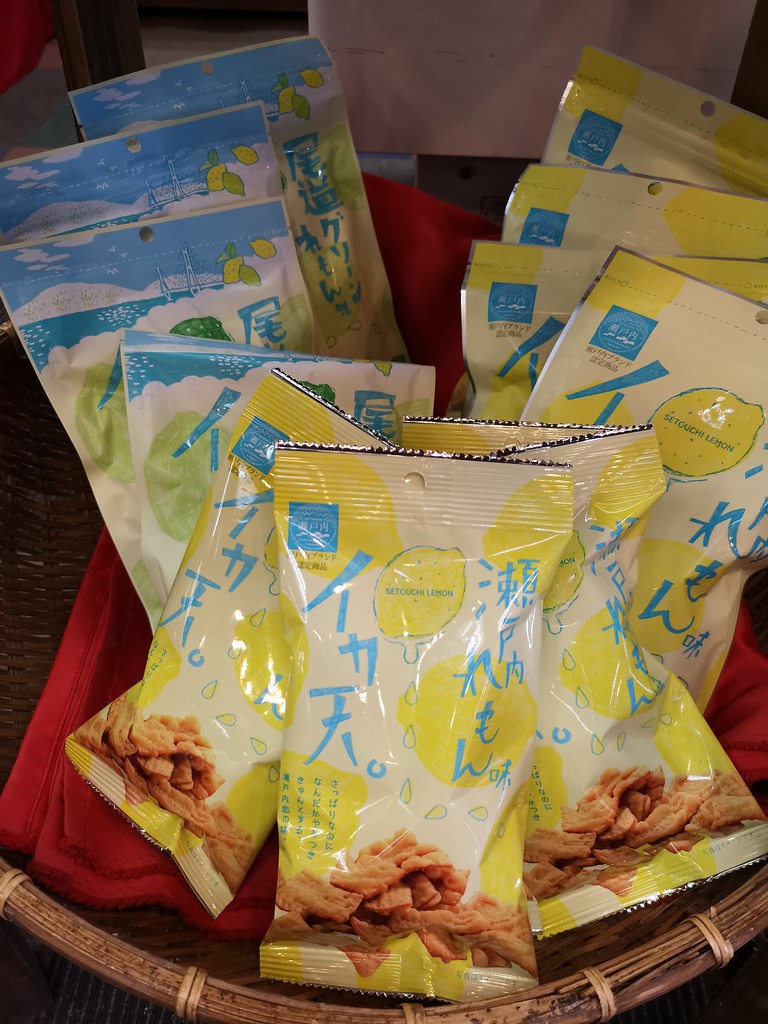
Souvenirs:
Souvenirs can be purchased from the nearby retro shopping arcade. The entire Setouchi area is known for producing citrus fruits, so you can find lemon-flavoured Calbee potato chips, lemon-flavoured squid chips, and other lemon-related products.
Point 6: Ikuchijima (Kosanji temple, octopus rice at Suigunmaru)
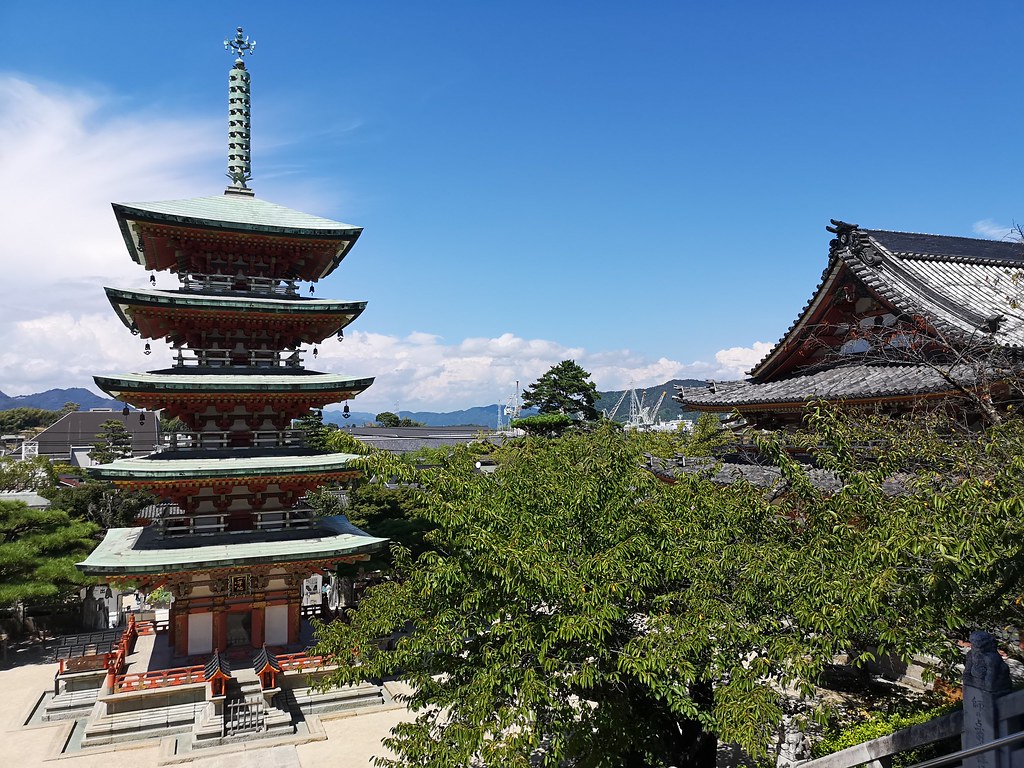
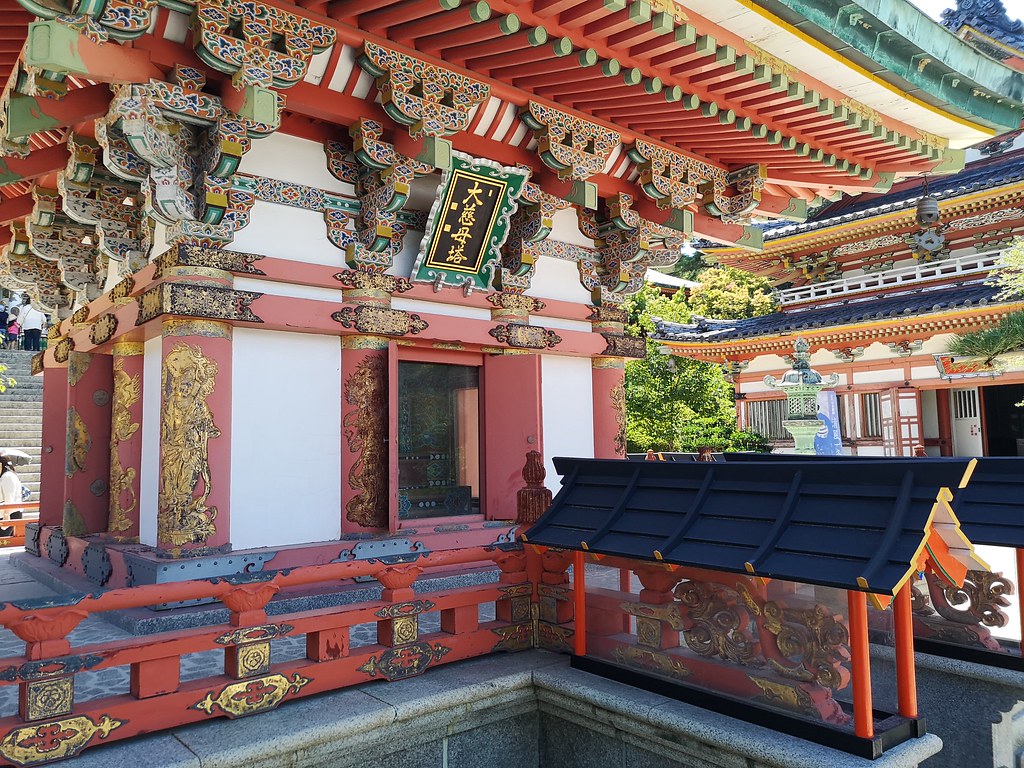
En route from Onomichi to our next destination in Ehime Prefecture, we passed through Ikuchi Island, which seems to be known mainly for two things: the elaborate Kosanji Temple and the amazing set meals at Suigunmaru, a restaurant where the signature offering is octopus rice.
Kosanji Temple belongs to the Honganji Sect of the Jodo Shinshu School or Pure Land Buddhism. It was founded in 1936 by the industrialist Kozo Kanemoto, who had wanted to build a family temple in dedication to his late mother. The temple sprawls across 50,000 square metres and has more than 20 buildings. Some of these monuments may look familiar to the eye – many of them are based on existing Japanese and Buddhist shrines which exemplify the best of the architectural styles of their era.
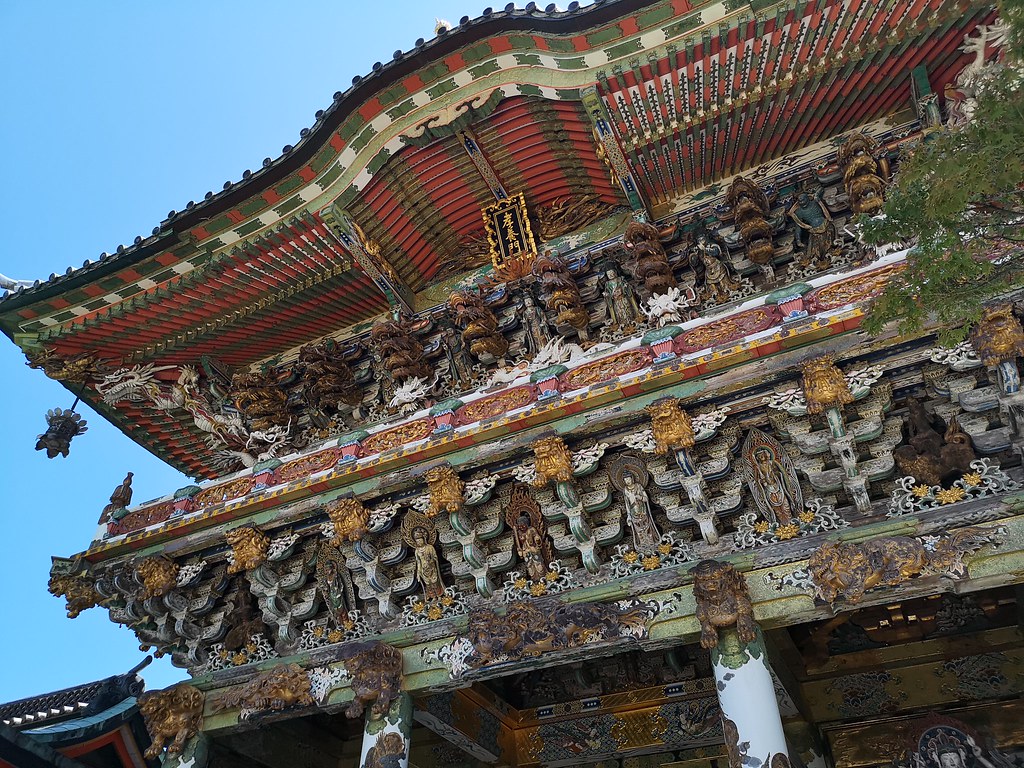
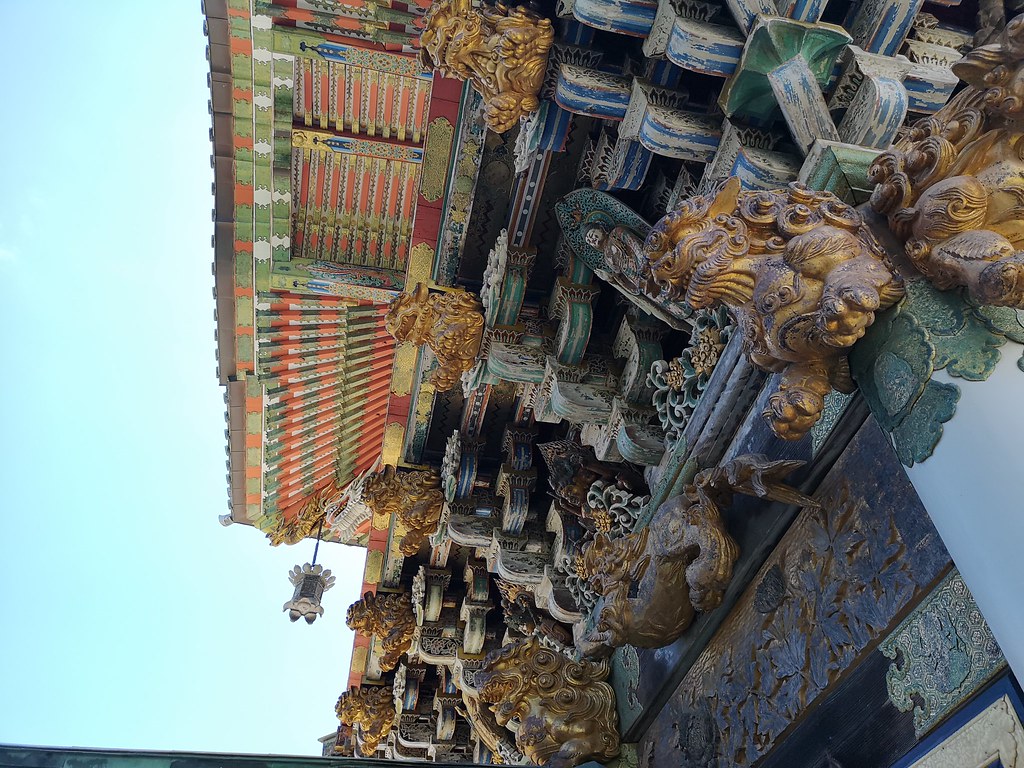
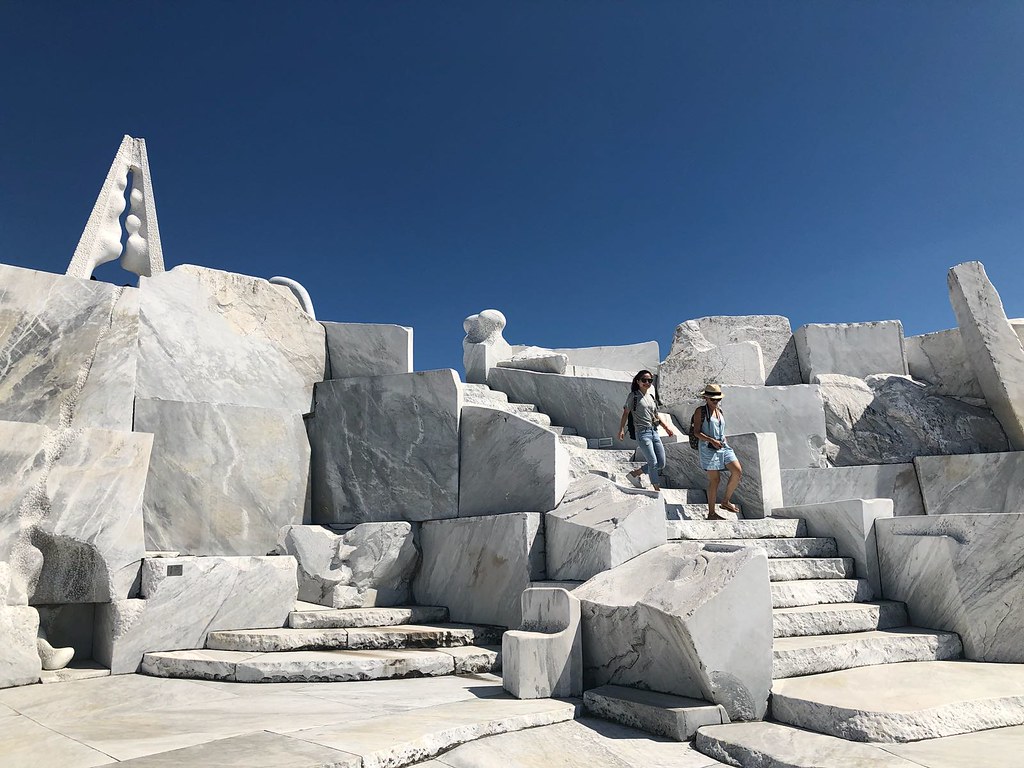
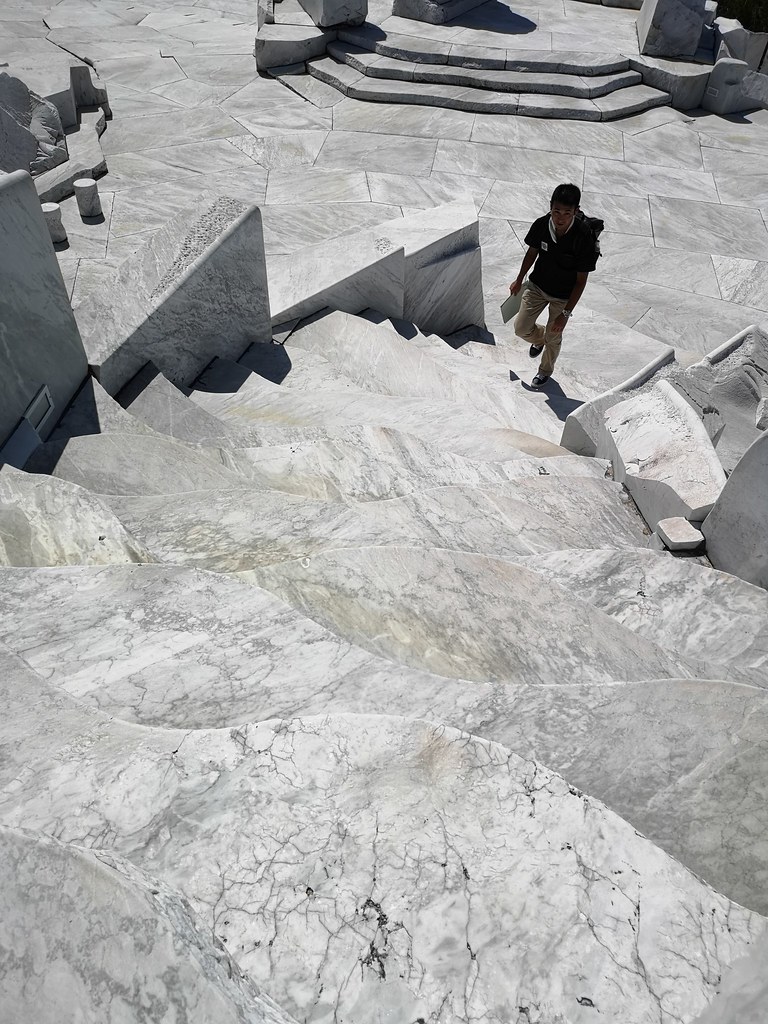
Other than being religious, Kosanji is also a great patron of art. You’ll be able to see his collection housed in a few pavilions and a gallery, in the vast temple compound. While each structure in the temple compound is modelled after famous traditional architectural styles across history, there’s also a place for contemporary art. The Hill of Hope, a marble garden designed and created by Itto Kuetani, is such an example. For more info on Kosanji Temple, read this South China Morning Post article.
Must-eat:
Tako-meshi, or octopus rice, at Setoda Suigunmaru (address: 504-3 Setodacho Setoda, Onomichi, Hiroshima Prefecture 722-2411). You can get a sumptuous set meal from just 1,100 yen to 3,000 yen (excl. tax).
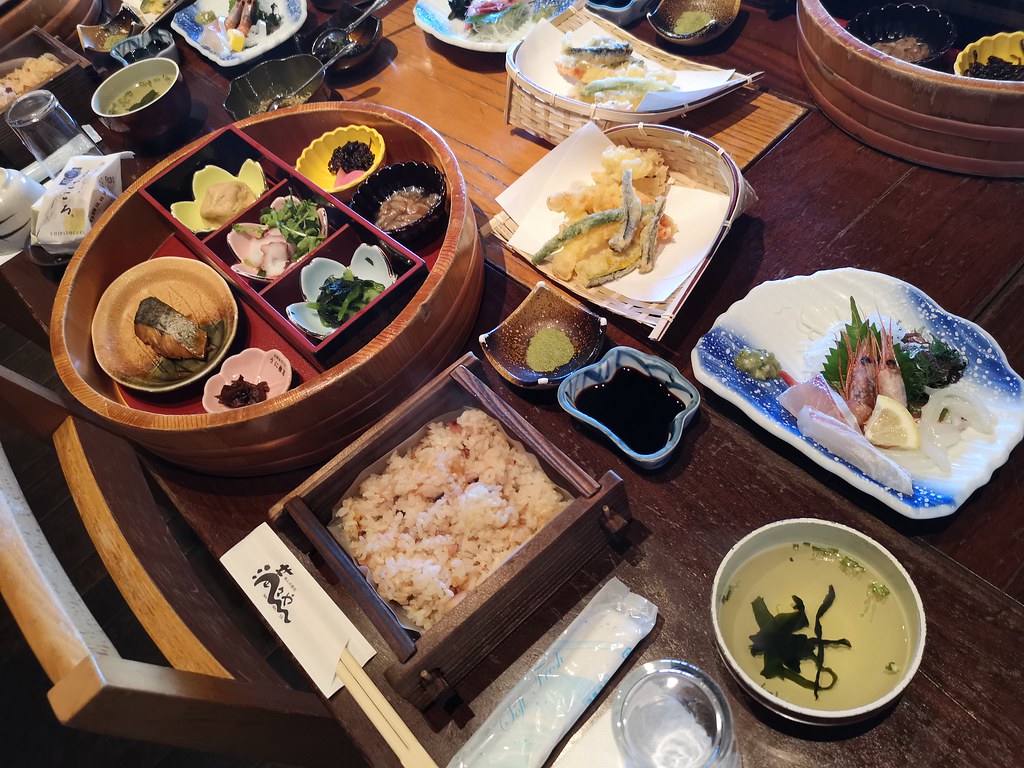
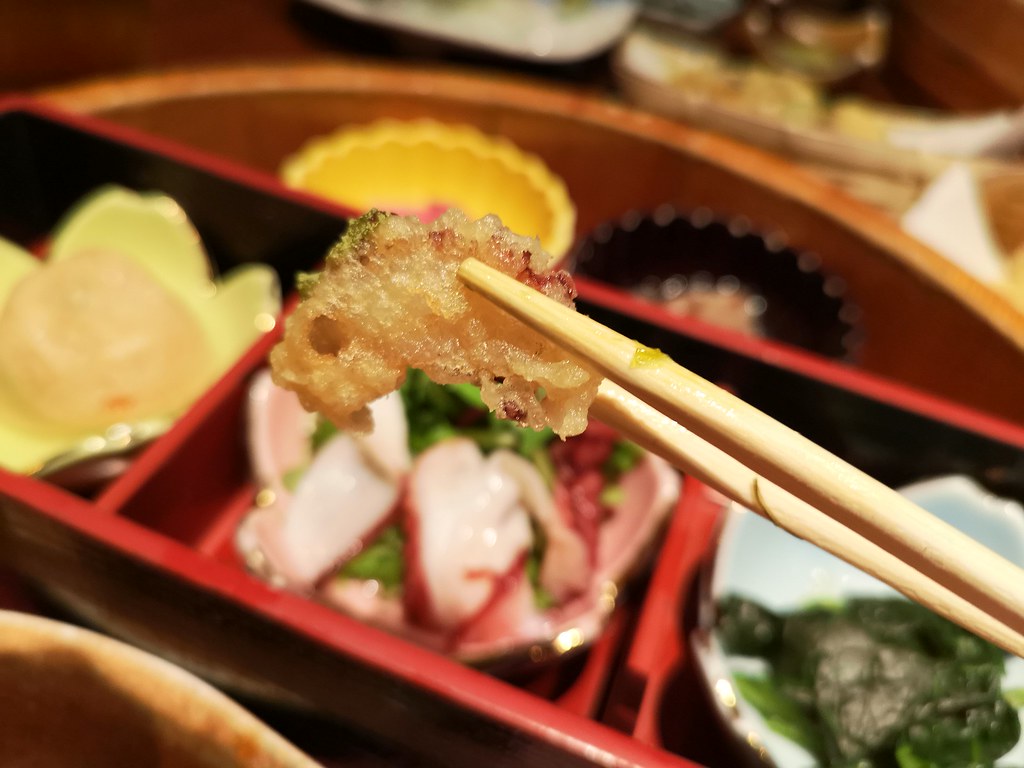
How to get there:
Self-drive, via the Shimanami-Kaido.
Souvenirs:
Pick up dried octopus and other seafood produce at Suigunmaru’s souvenir shop.
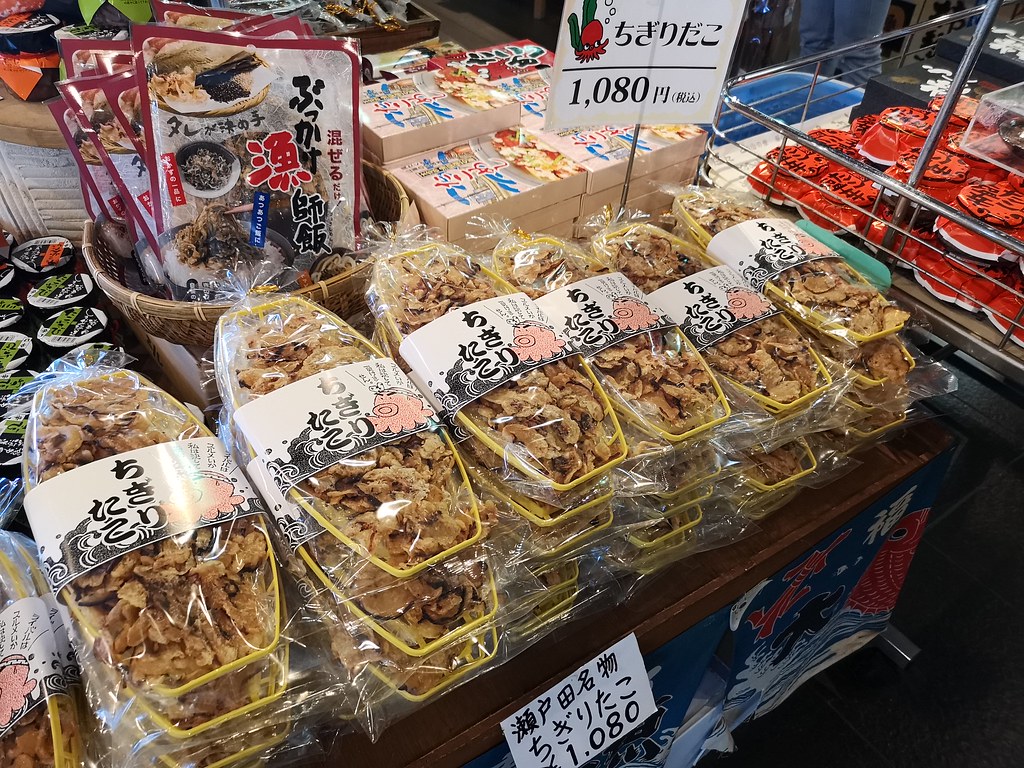
To read Part 2: Ehime, click here.
To read Part 3: Okayama, click here.
Want to find out more about how you can plan a holiday in Hiroshima, Ehime and Okayama? Meet the writer herself (me) at an exclusive forum hosted by Shikoku Transportation Bureau, Okayama Prefecture, Ehime Prefecture, Hiroshima Prefecture. I’ll be speaking together with Weekender.sg‘s editor Sabrina Cao, and Sock Peng, the owner of Mylovelybluesky《蓝天白云数格子》. High-tea will be provided and there’s a chance to win attractive prizes* at the event!
Event details:
Time: 2-4pm
*Prizes: SilkAir return flight ticket (Singapore-Hiroshima), JR Nationwide 7-day pass, Kumanofude make-up brush, Imabari towel, Kurashiki canvas tote bag.
Register your interest here.
Unless otherwise stated, all of the images in this post have been taken by me with a Huawei P20 Pro.





![[Review] Be Our Guest to a Night of Enchantment with Disney’s Beauty and the Beast in Singapore This December [Review] Be Our Guest to a Night of Enchantment with Disney’s Beauty and the Beast in Singapore This December - Alvinology](https://media.alvinology.com/uploads/2025/12/Screenshot-2025-12-14-195843-110x110.png)






